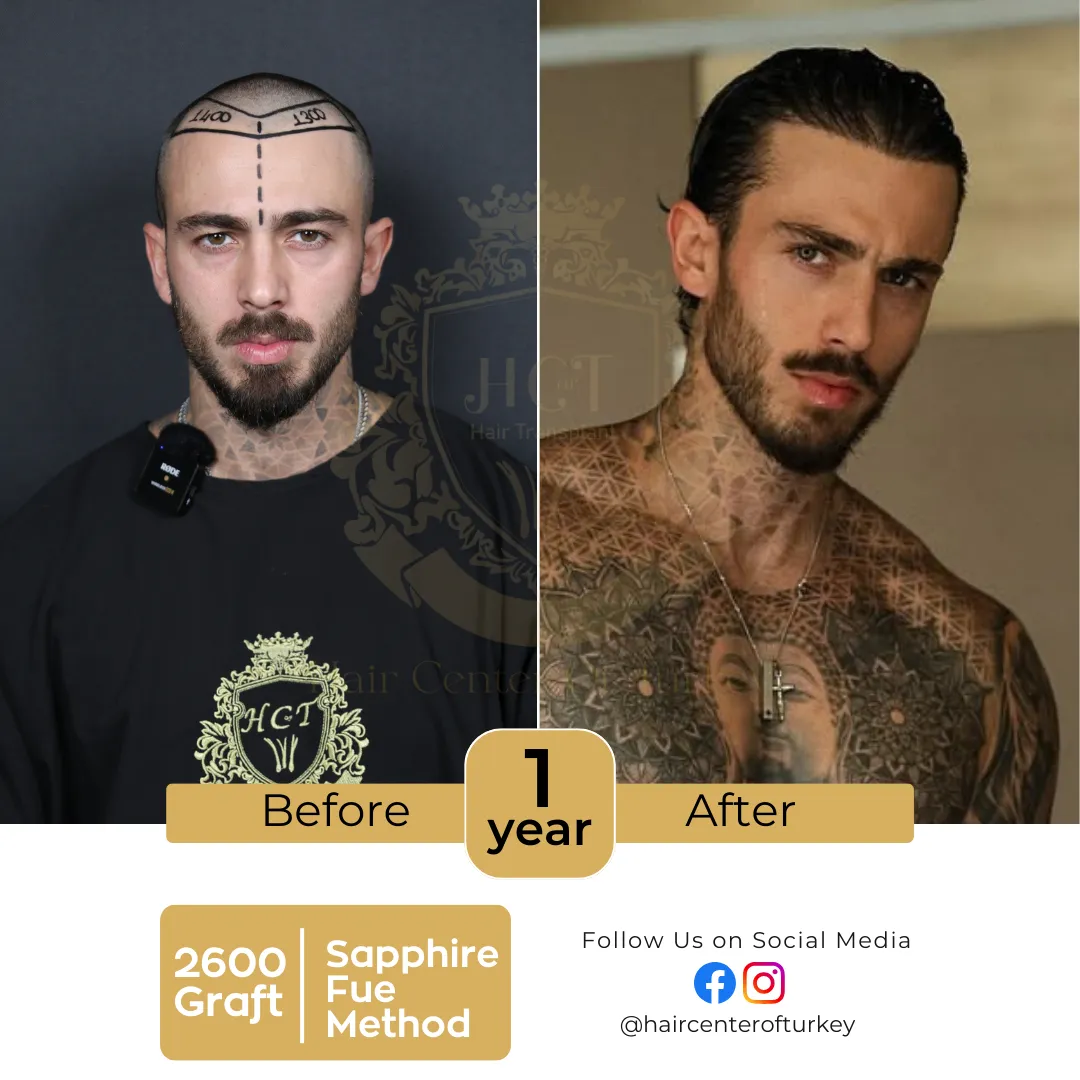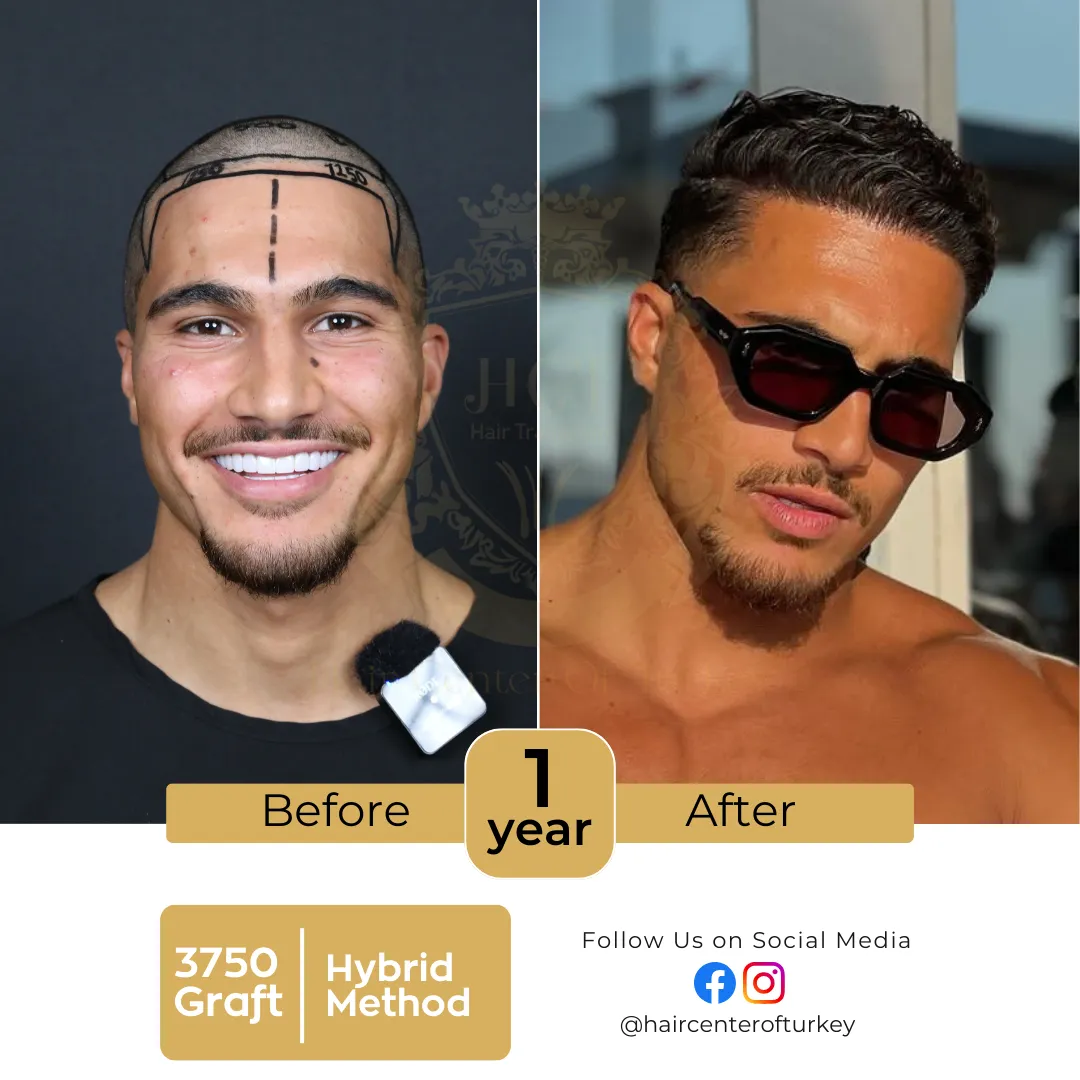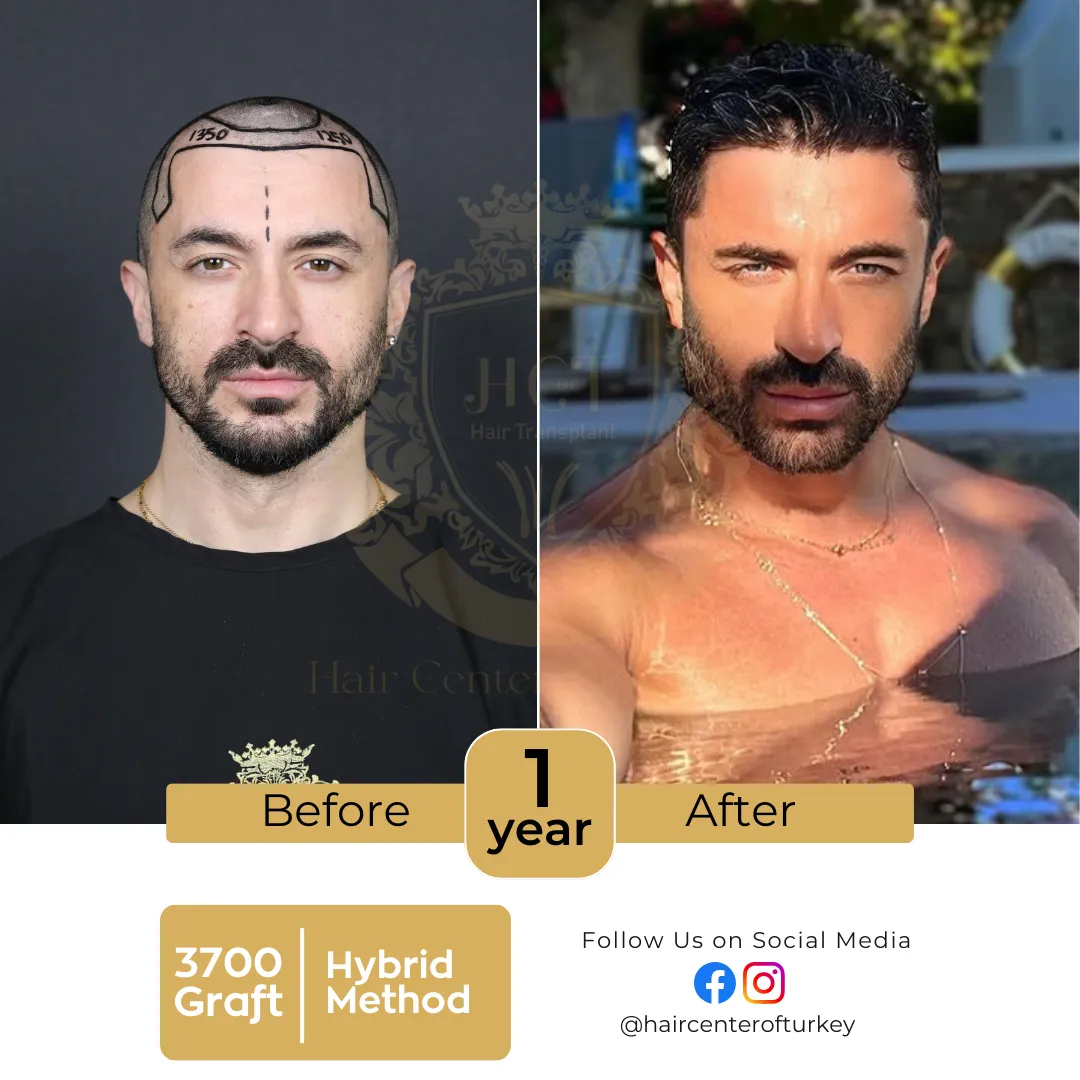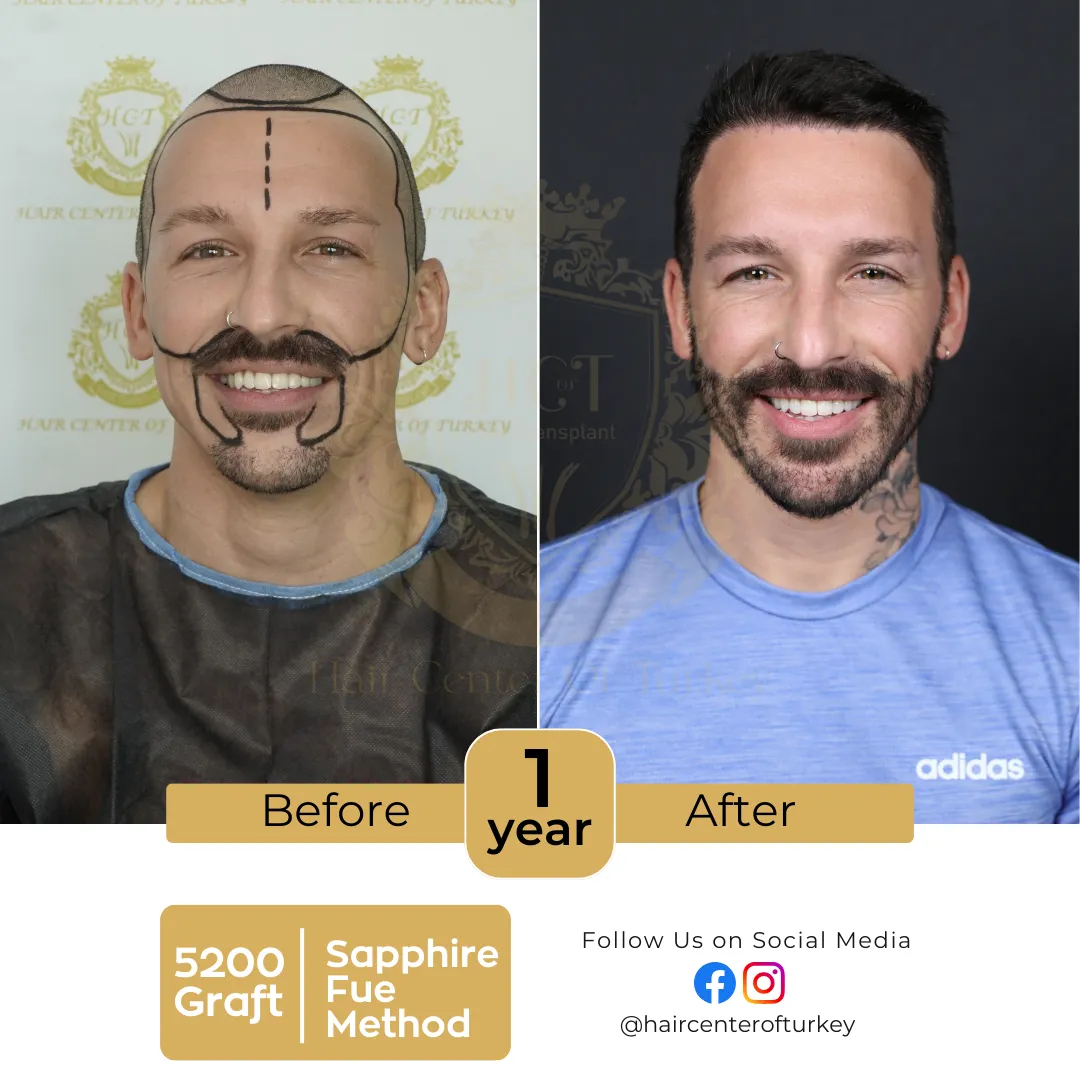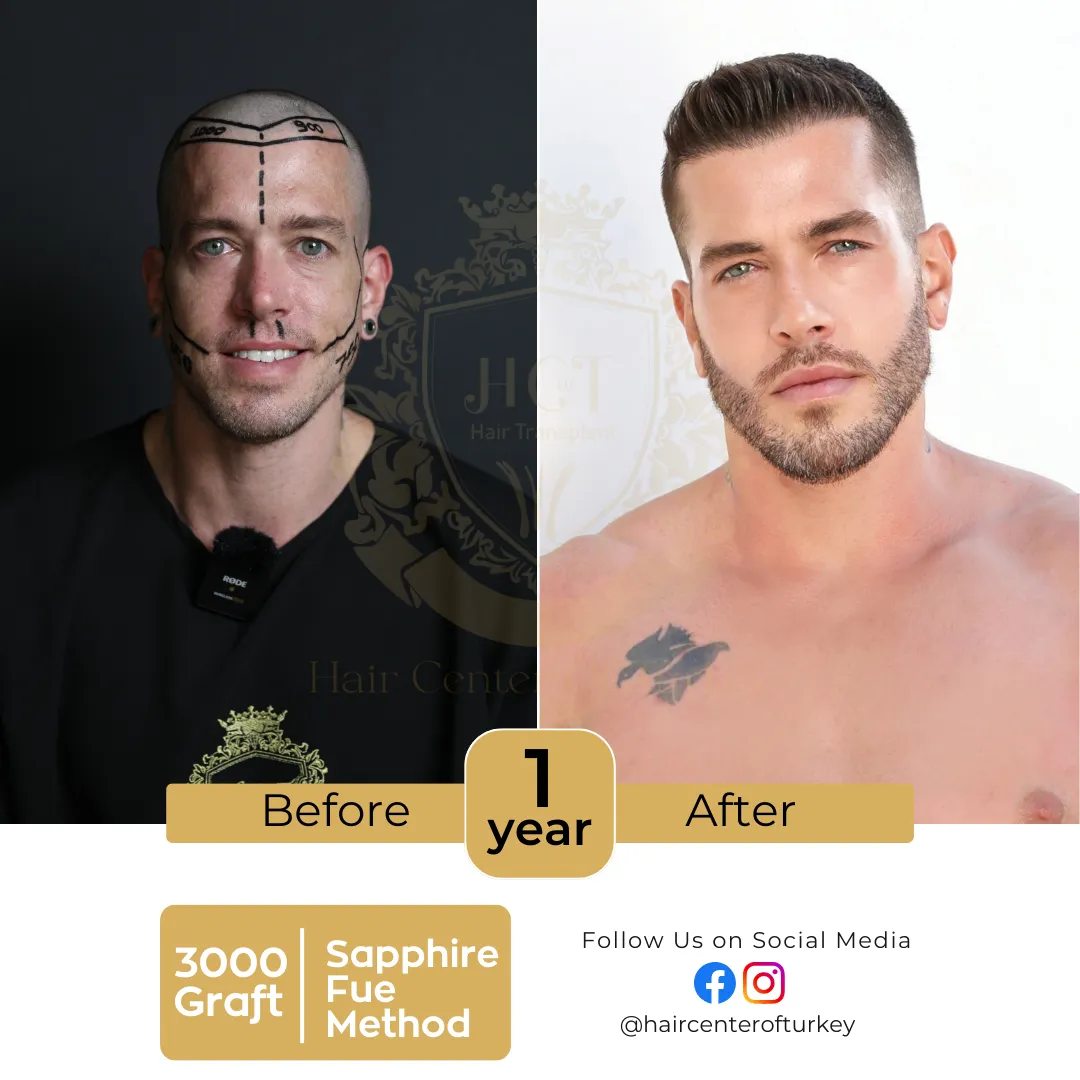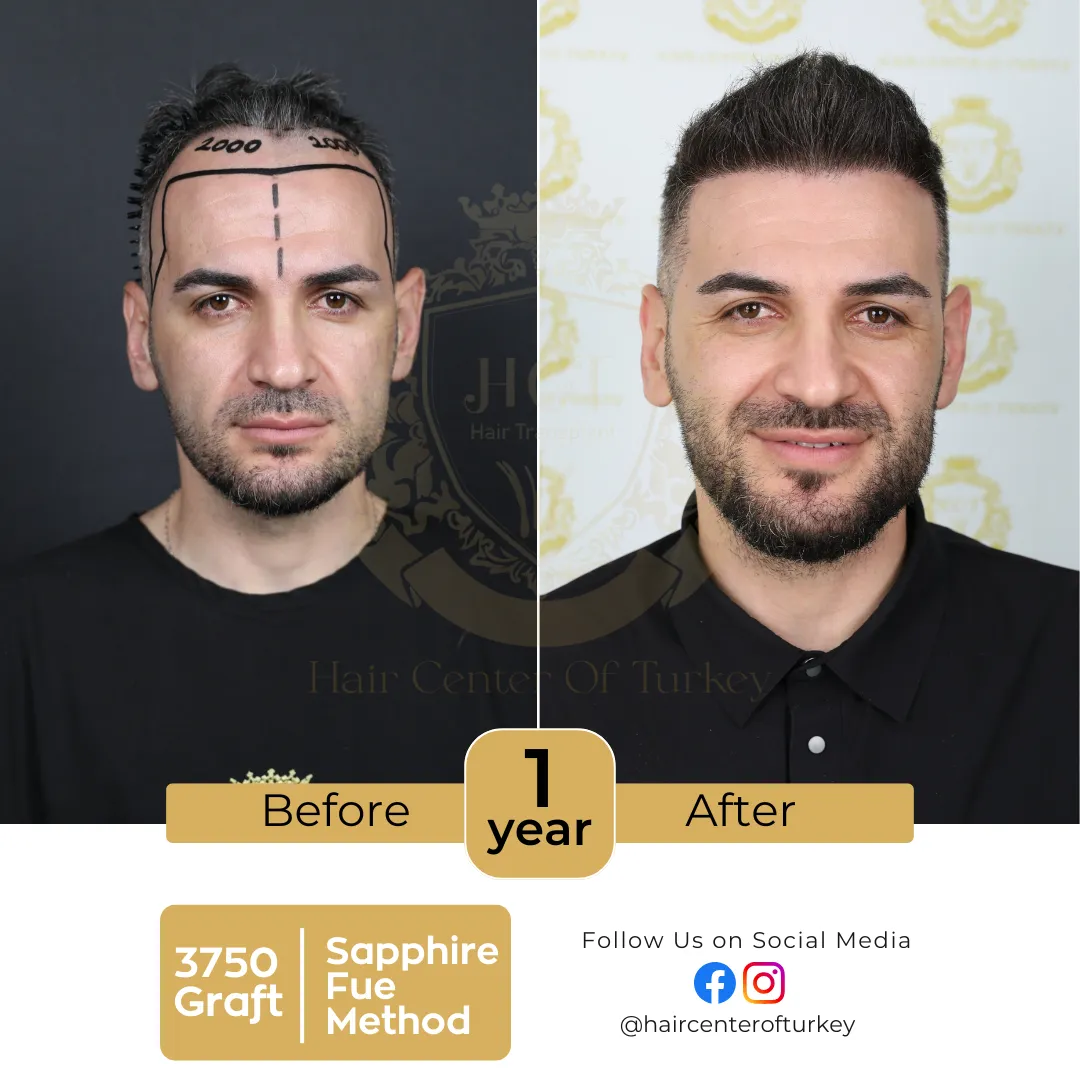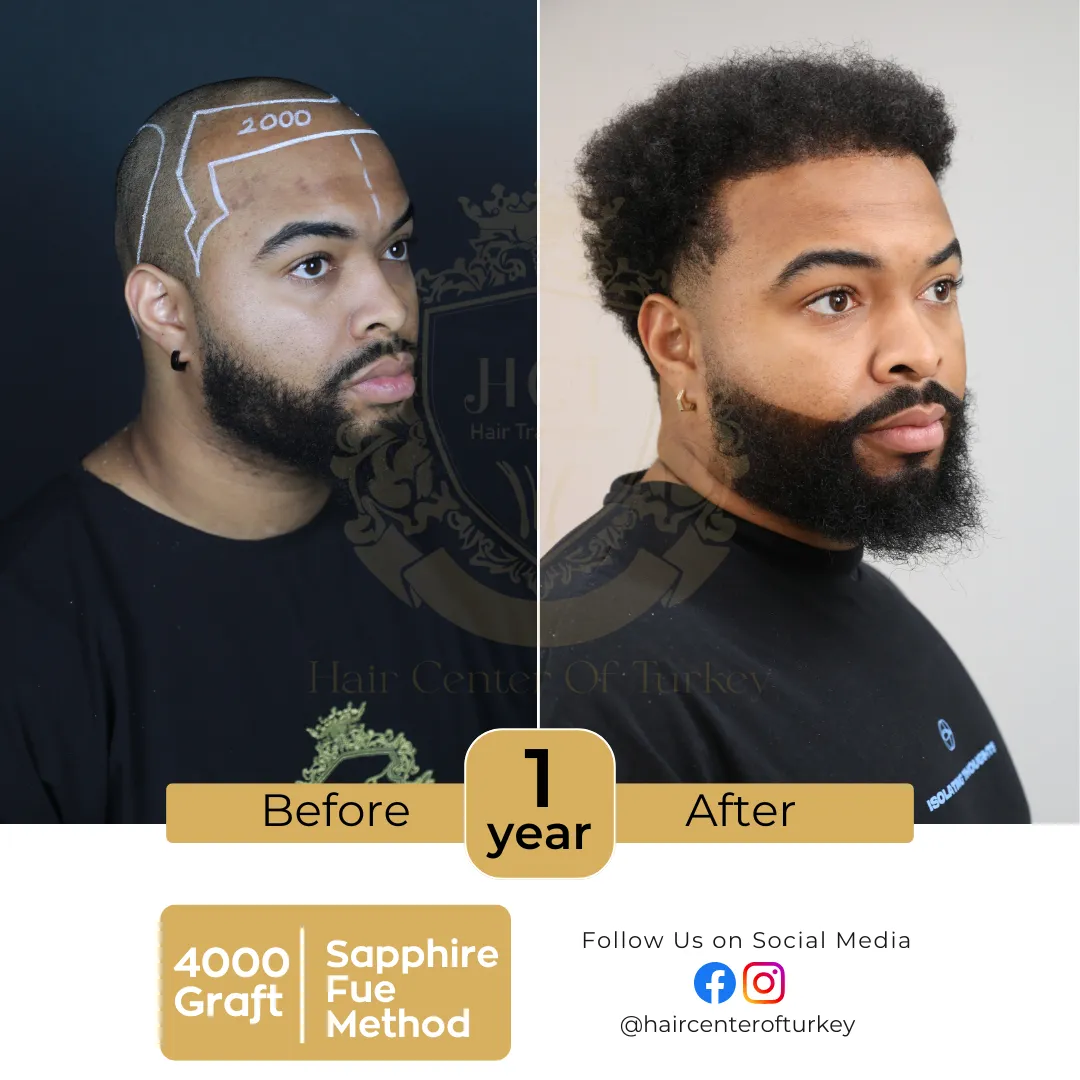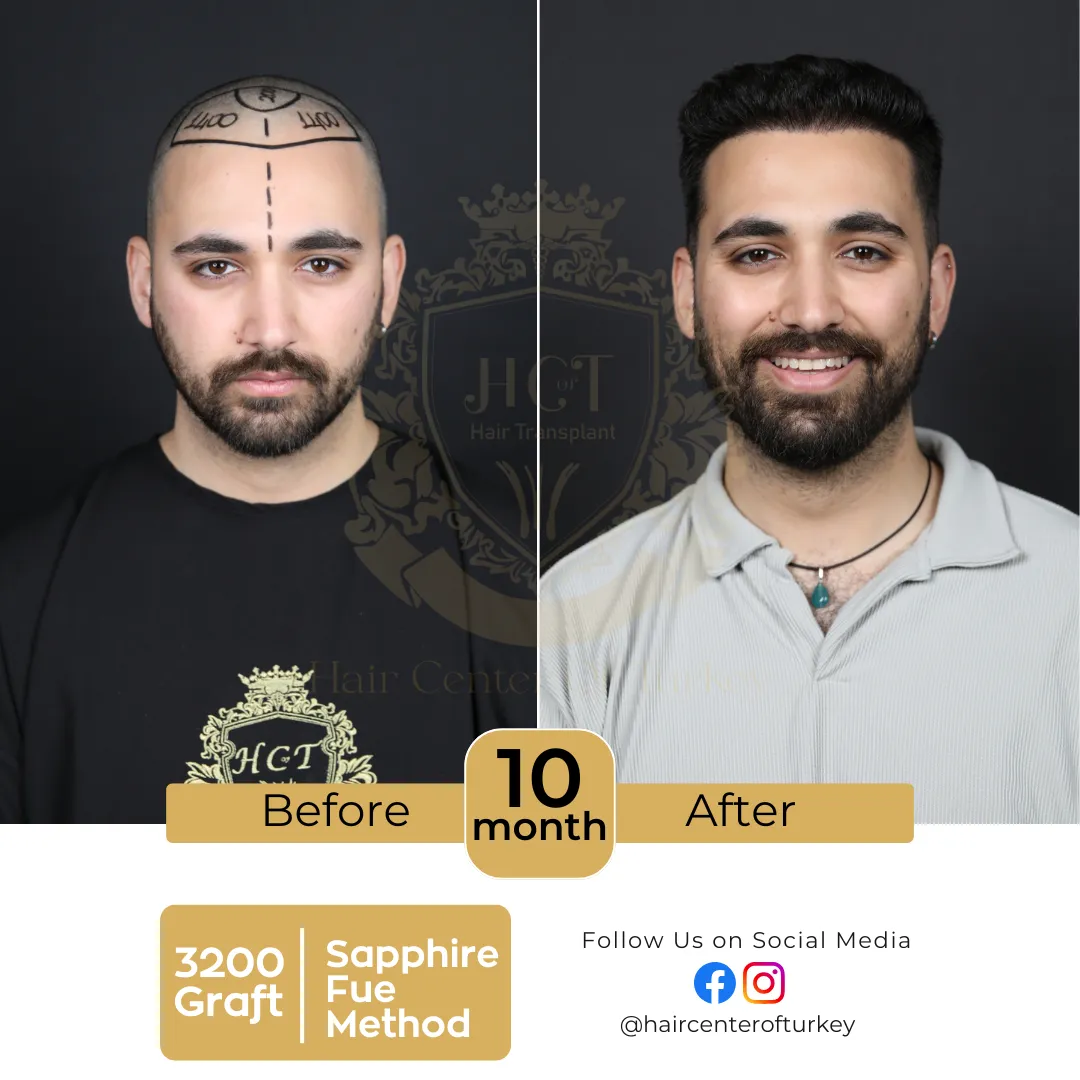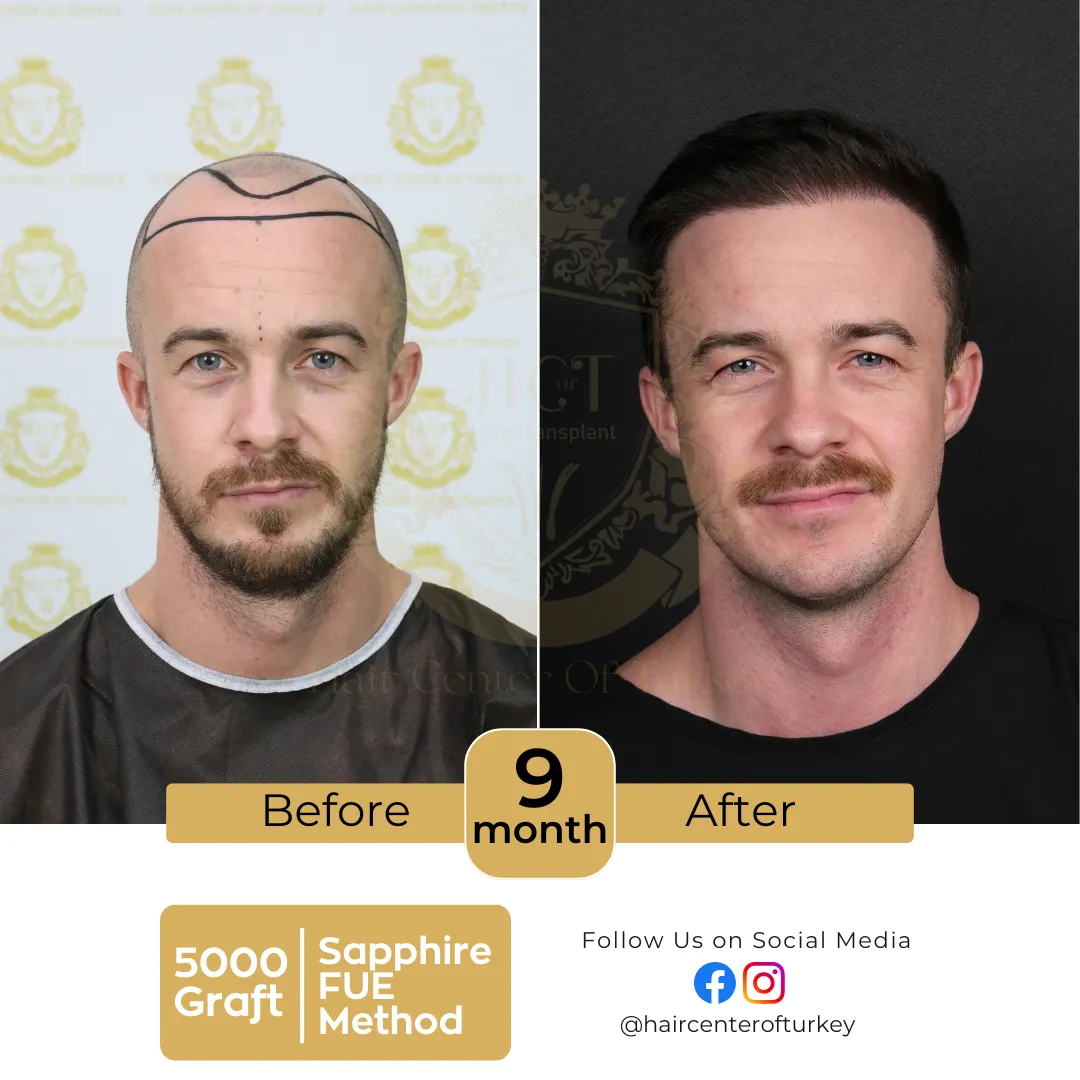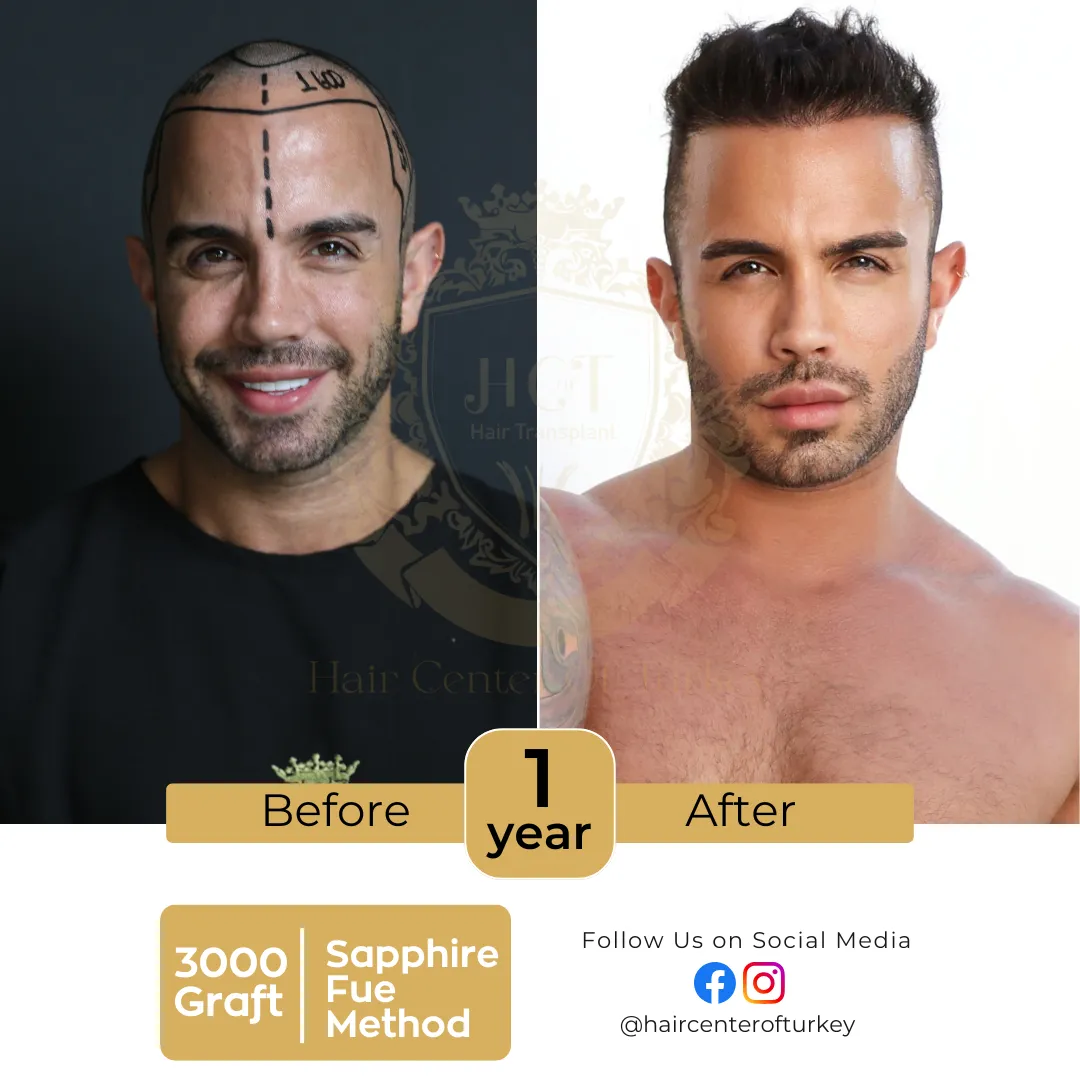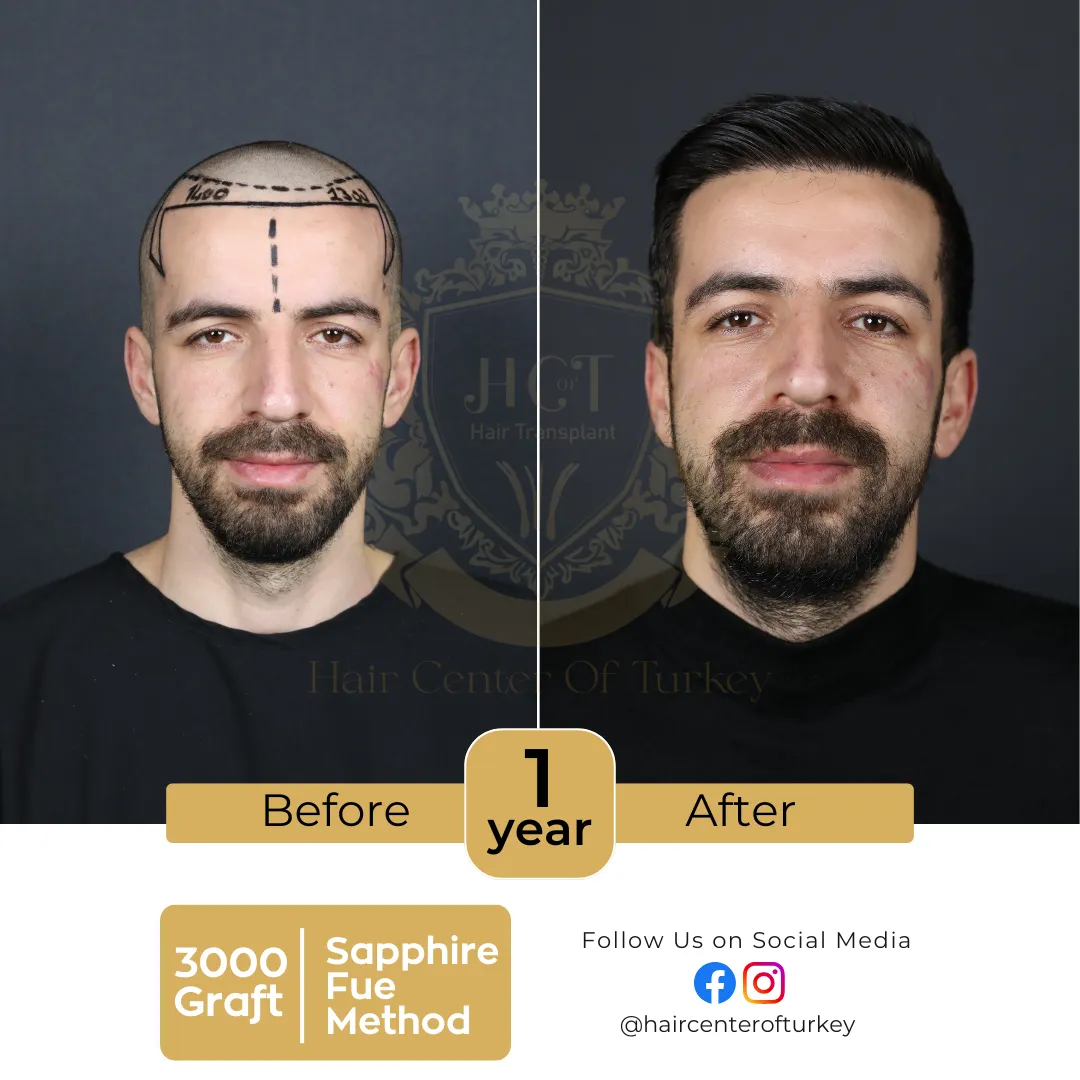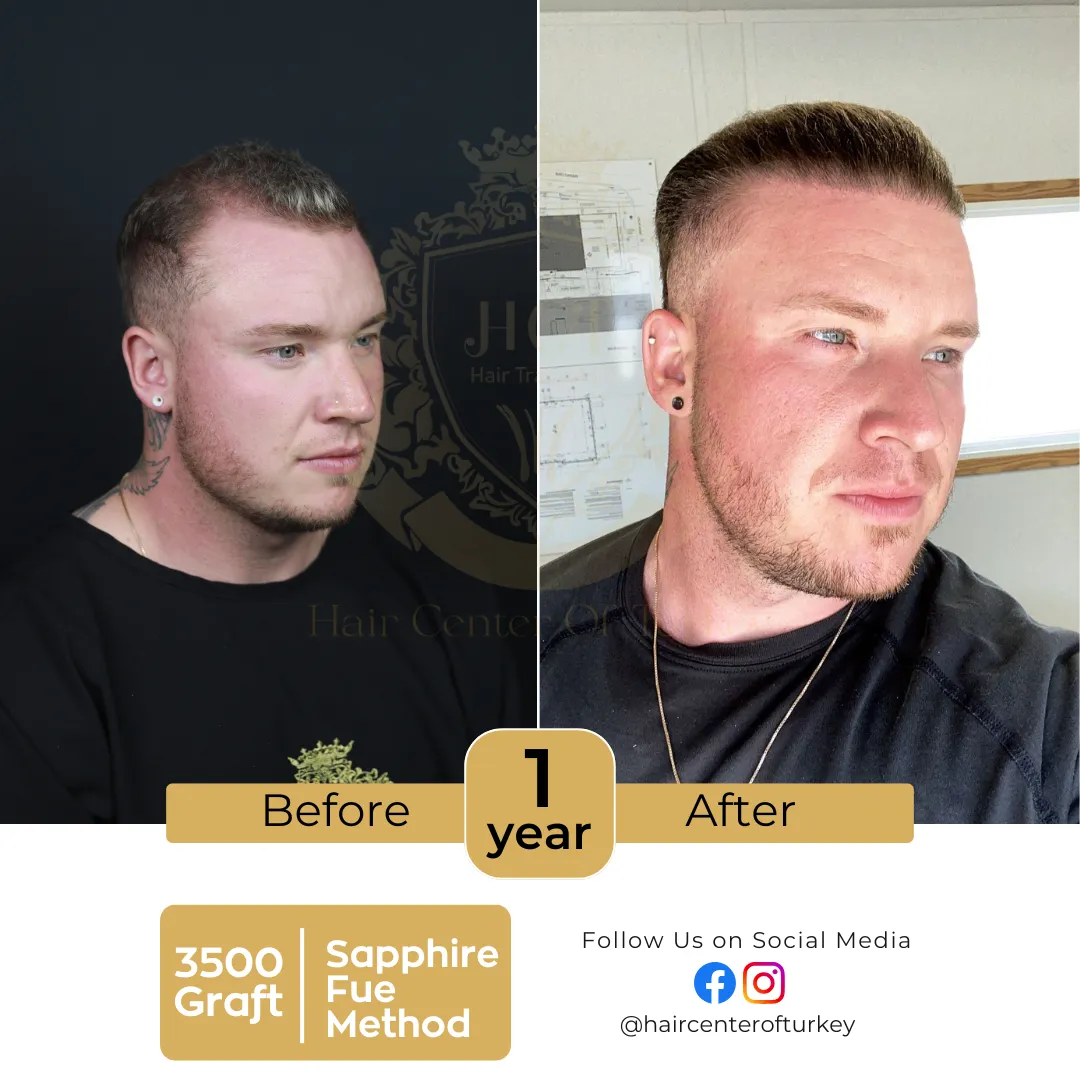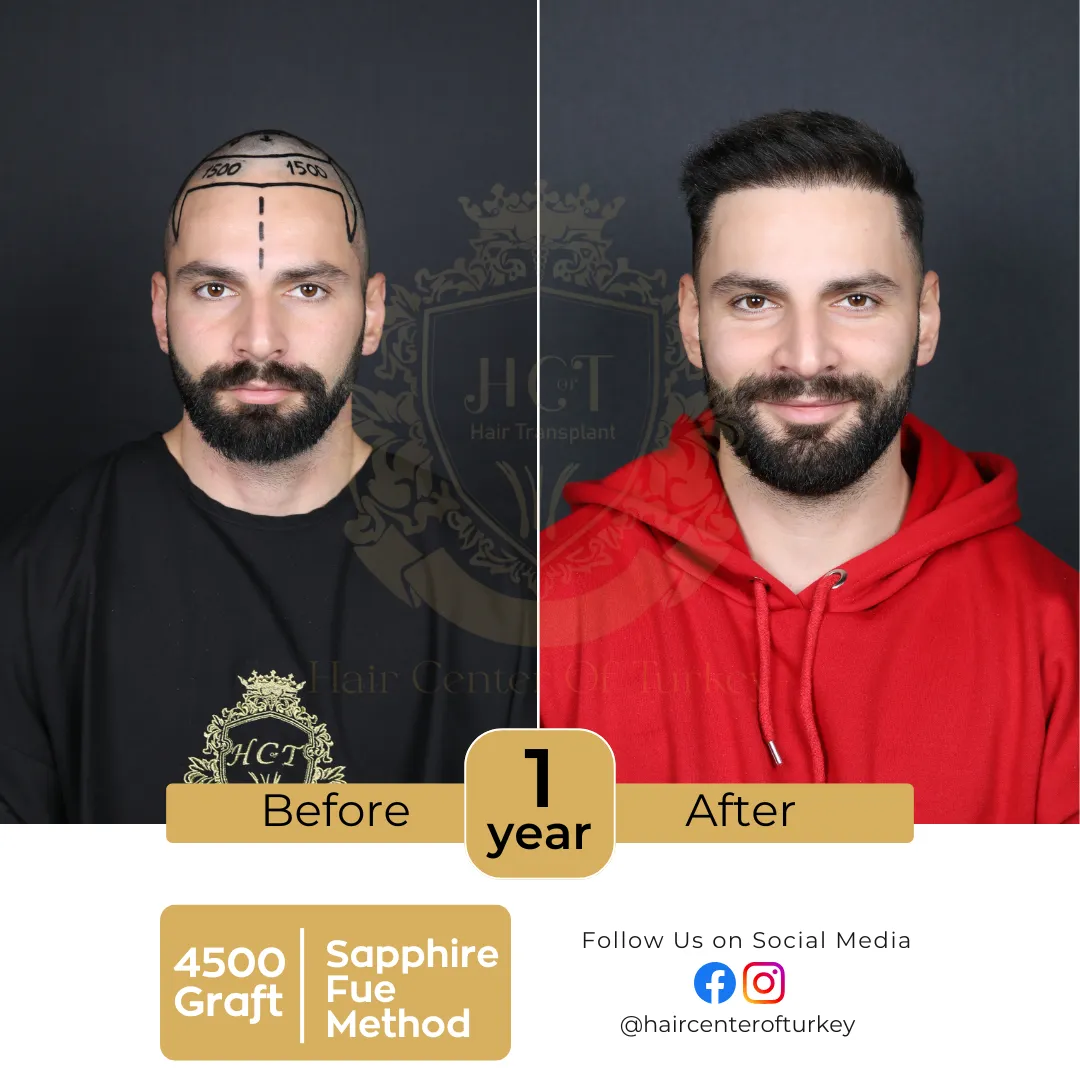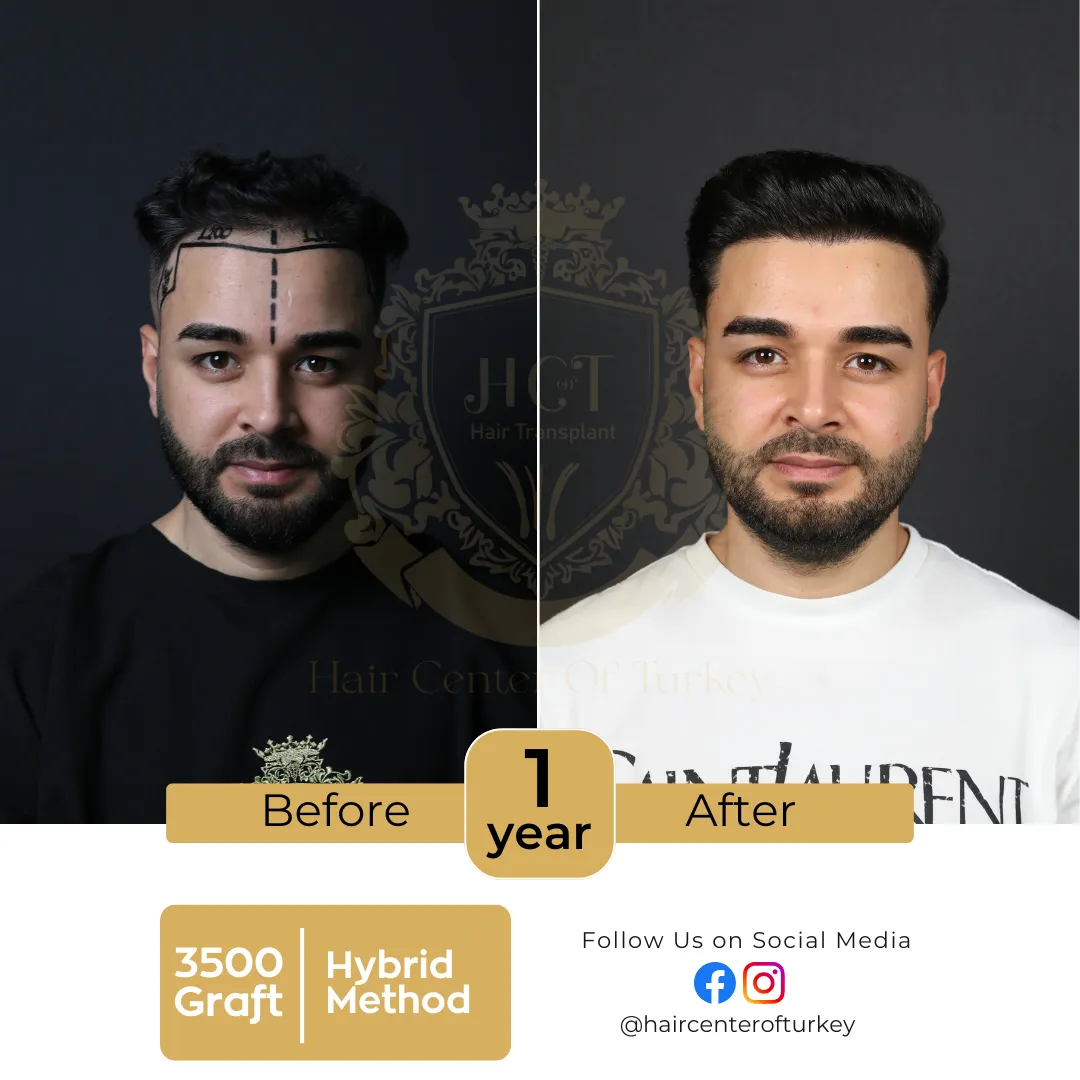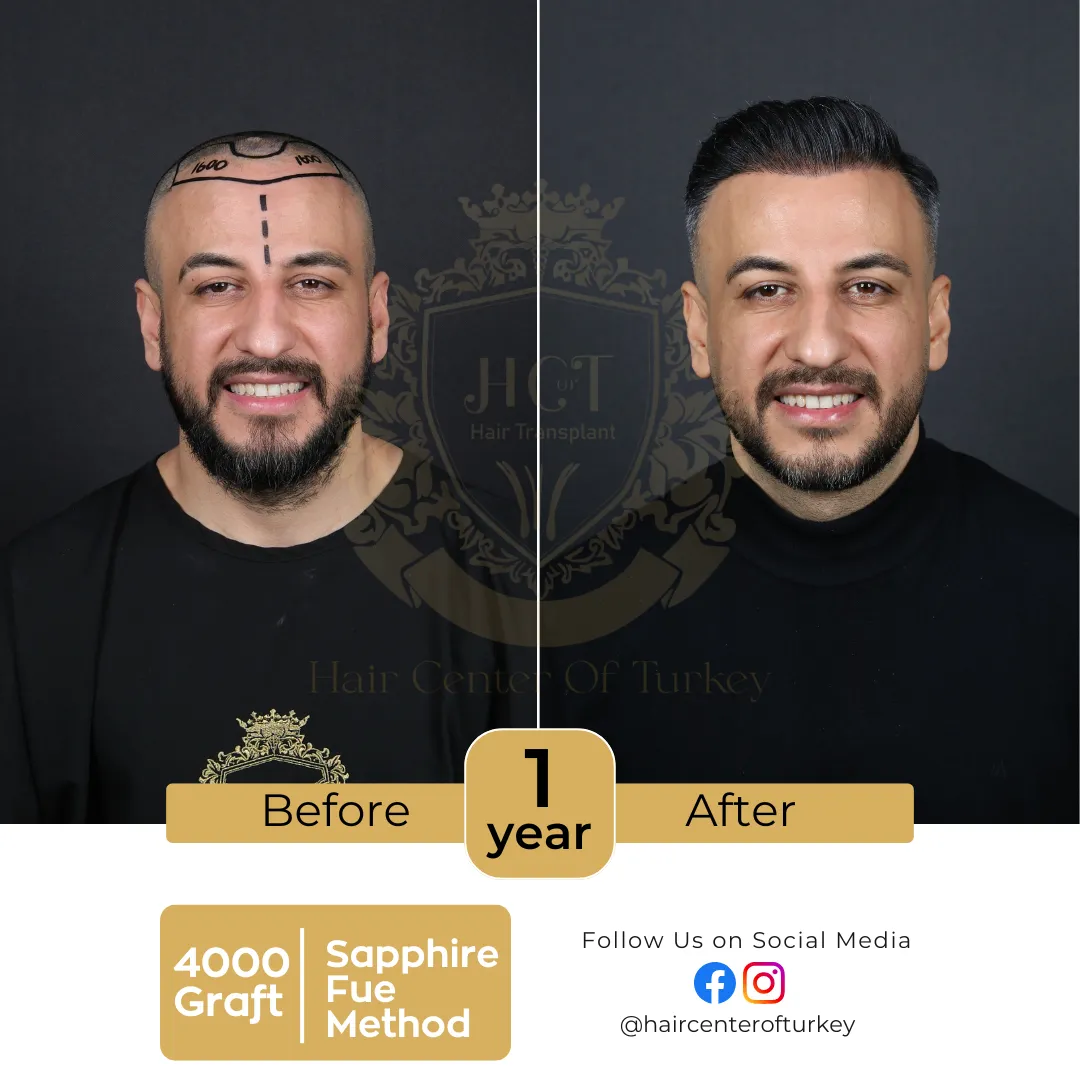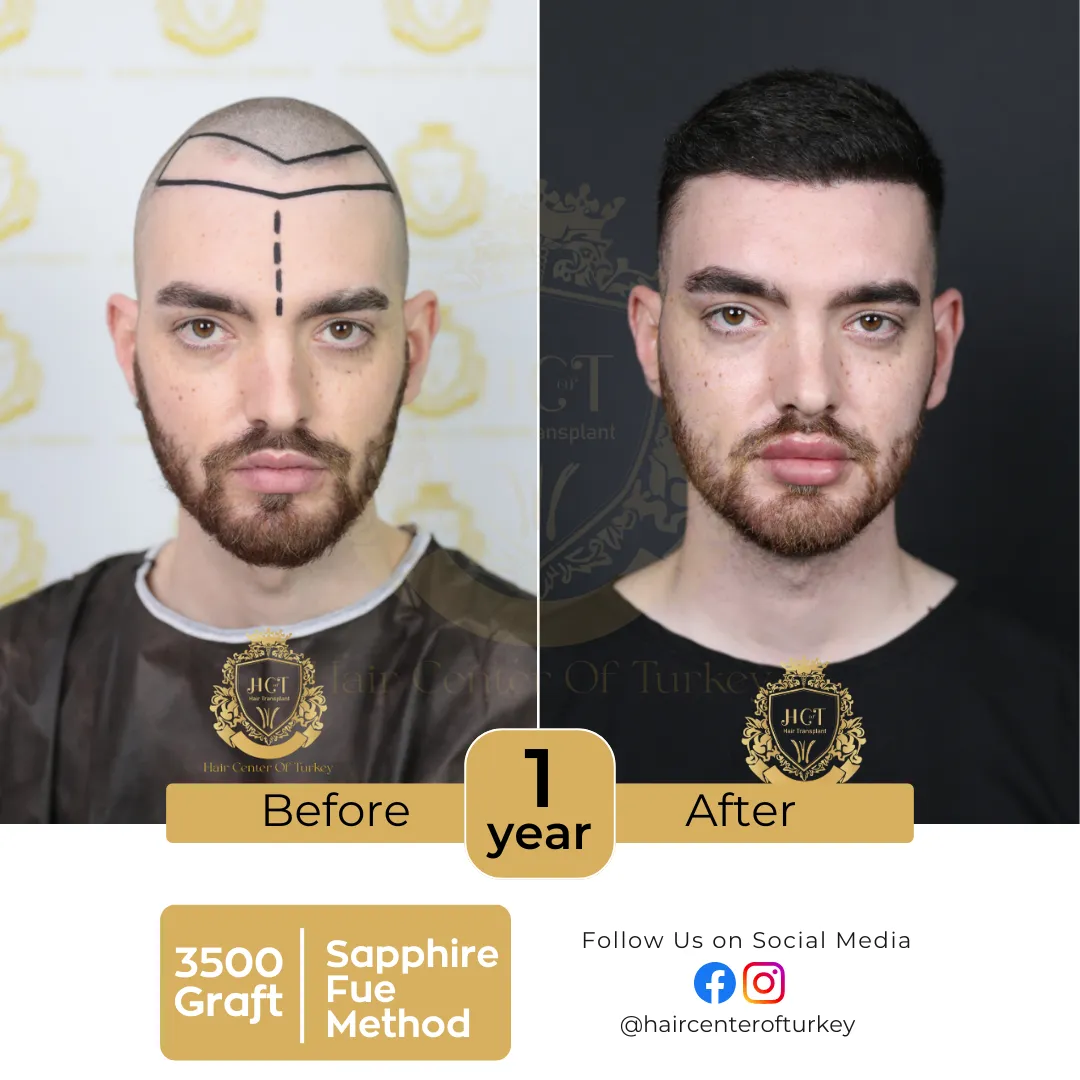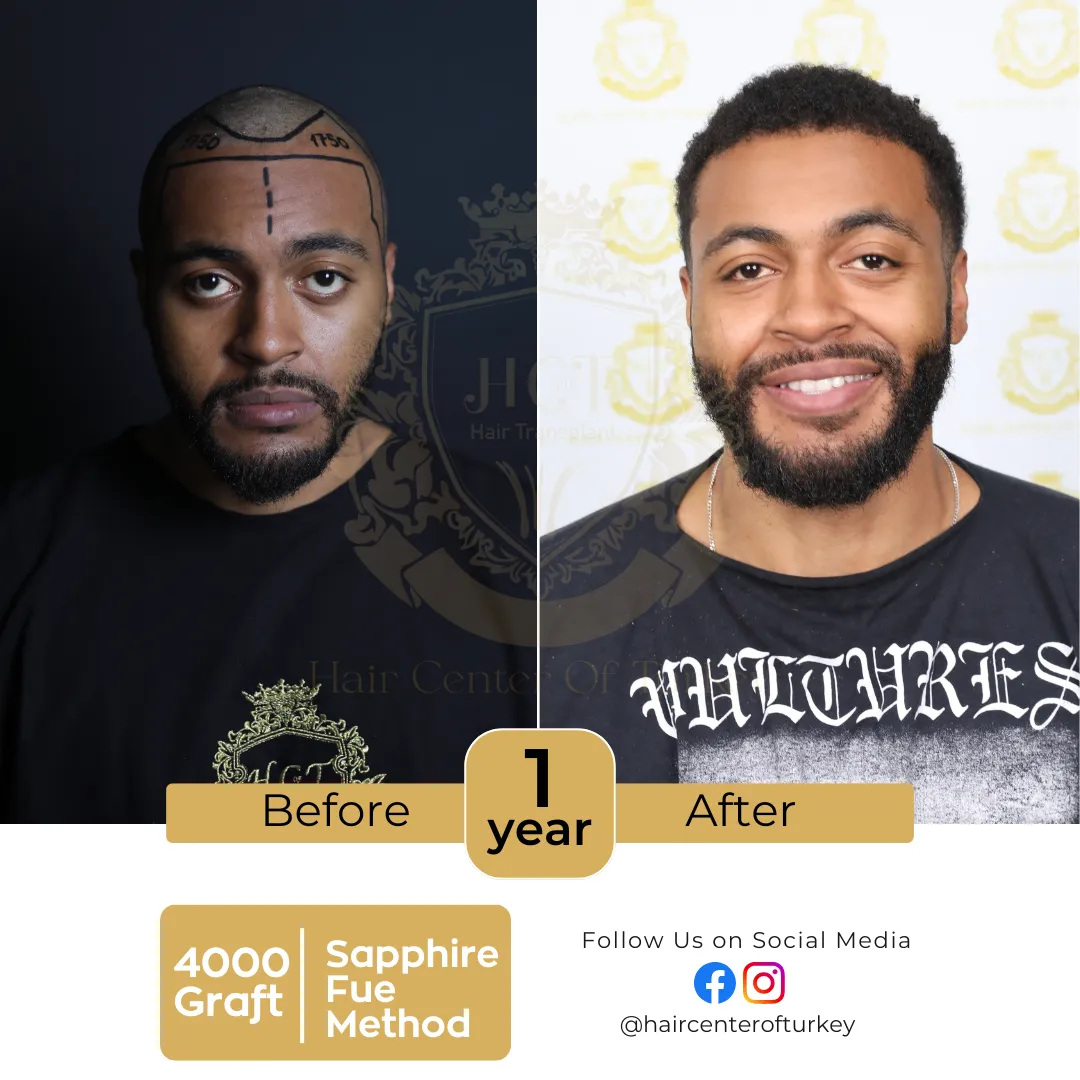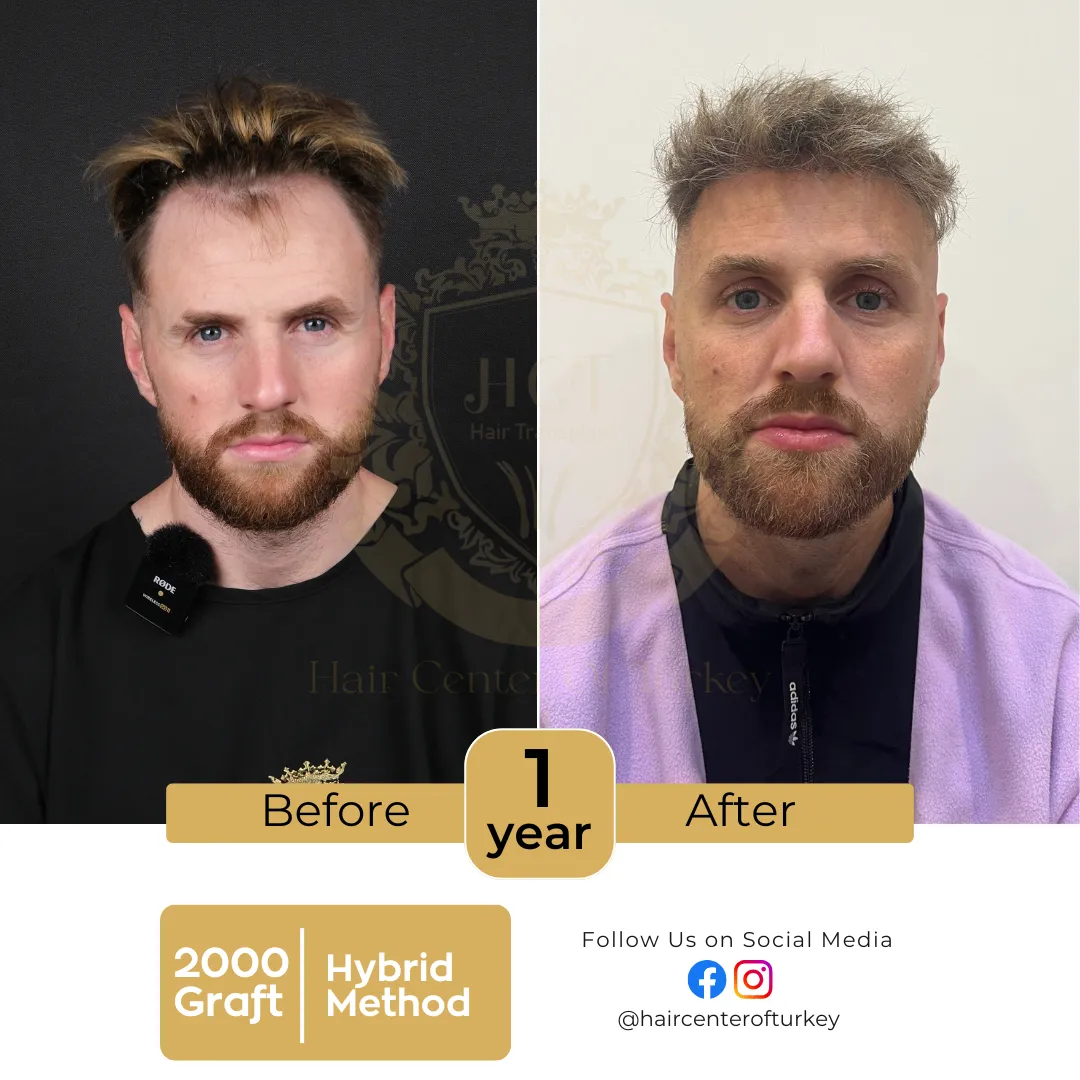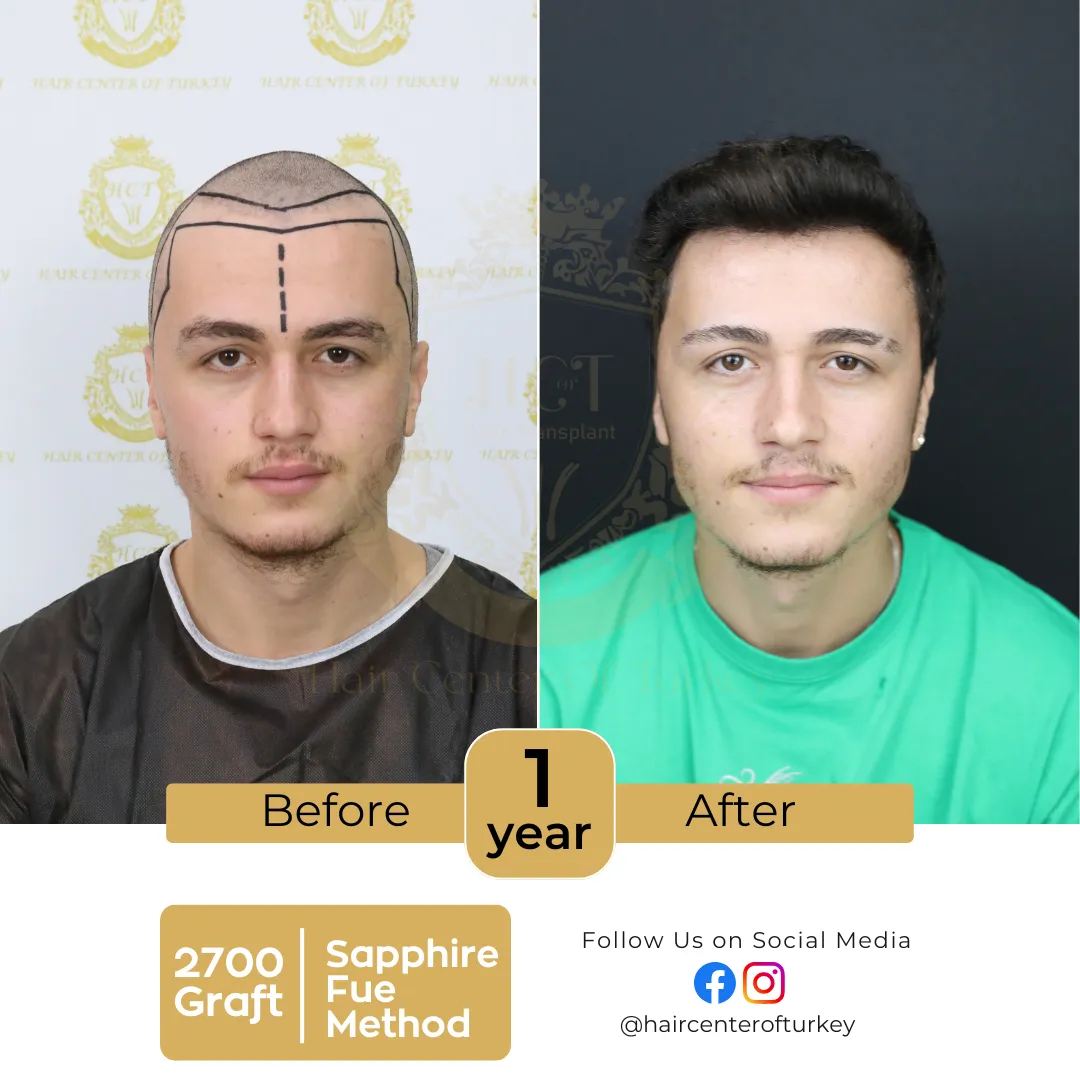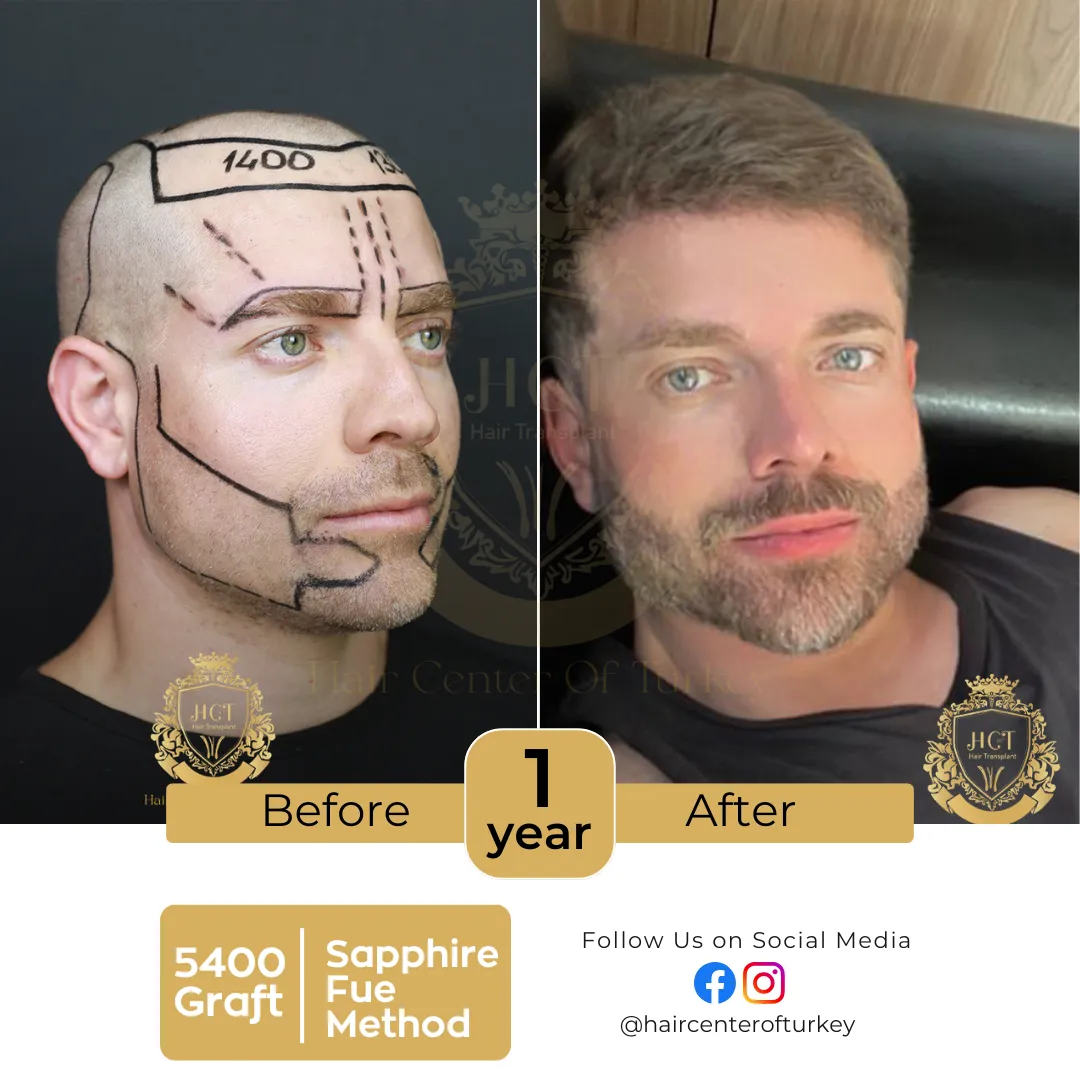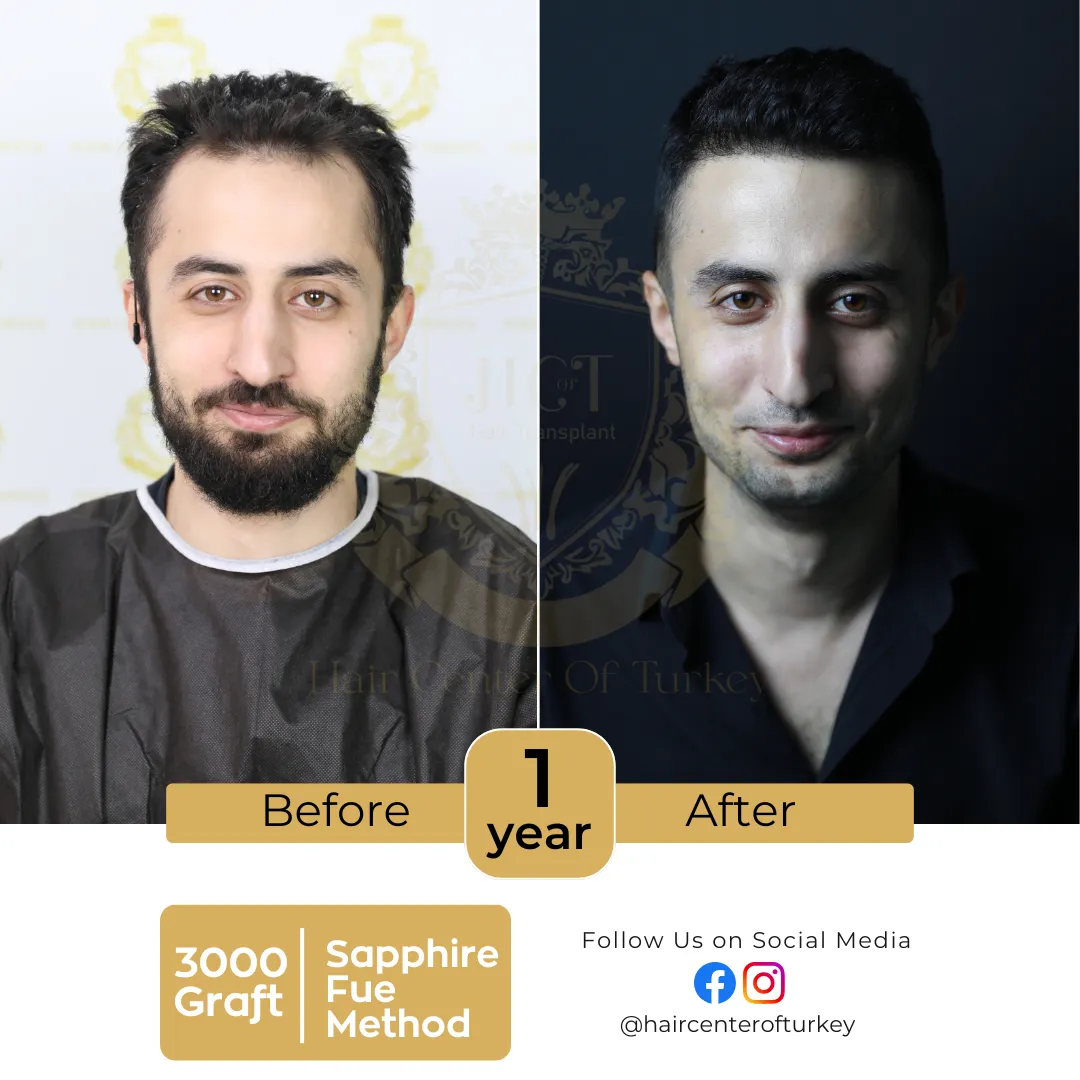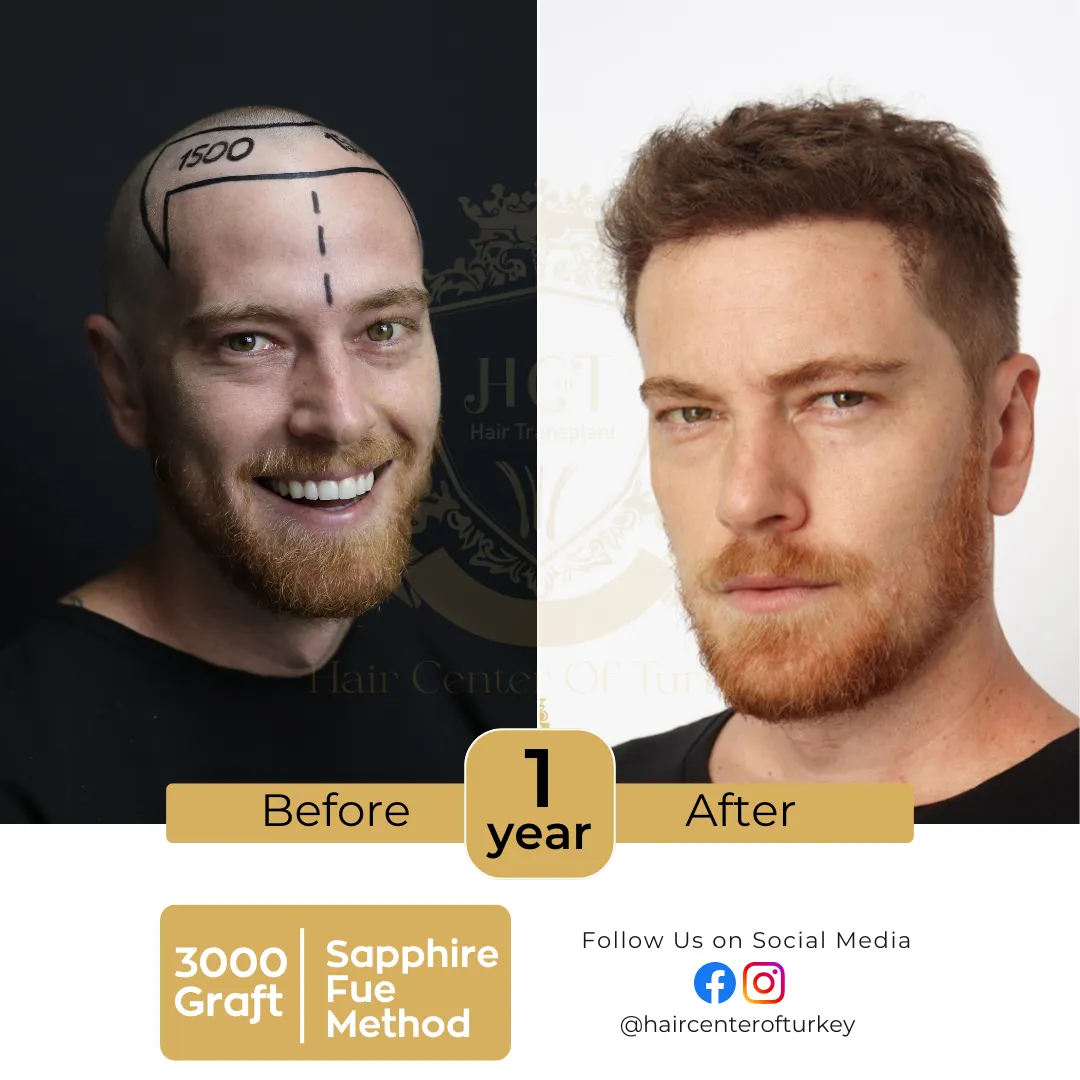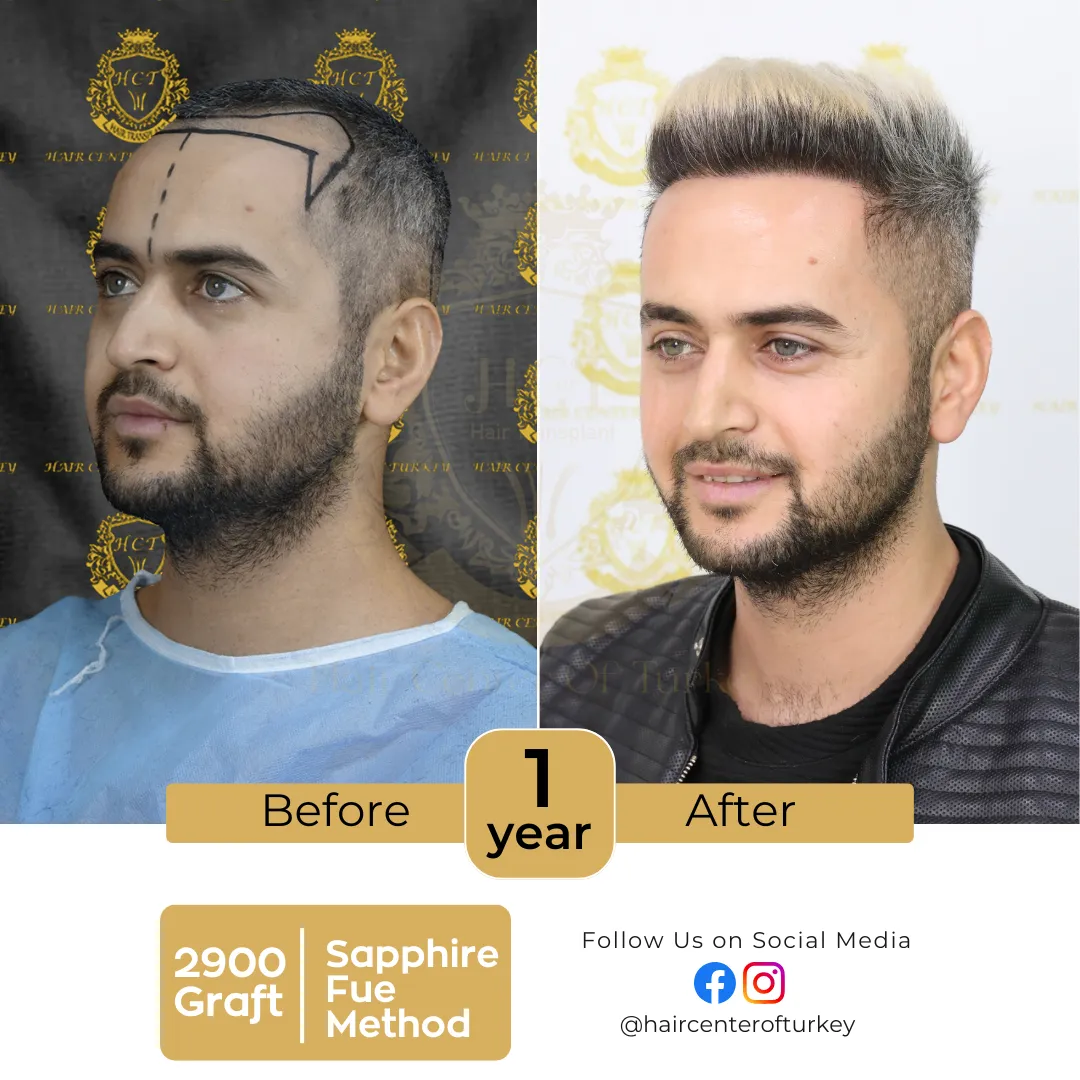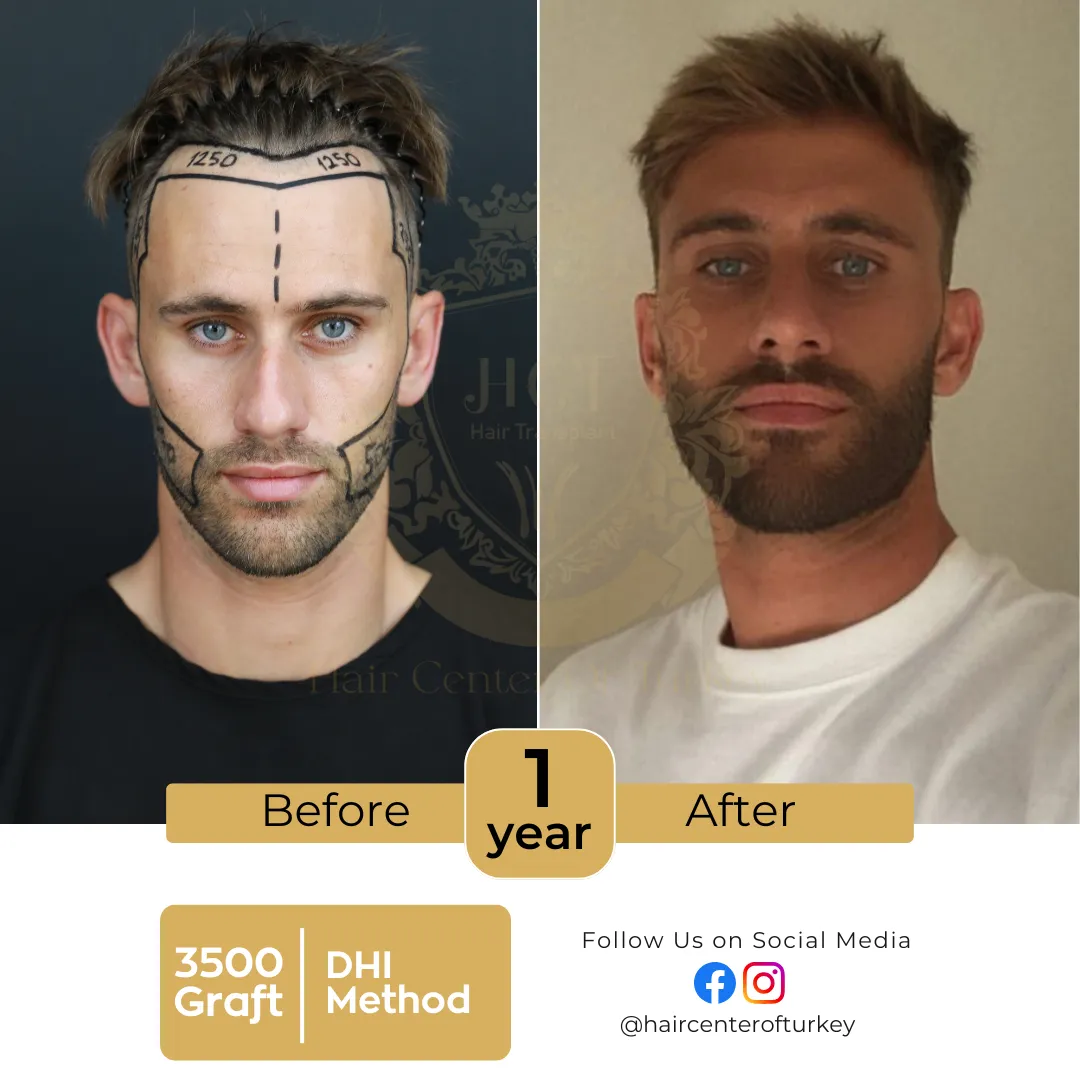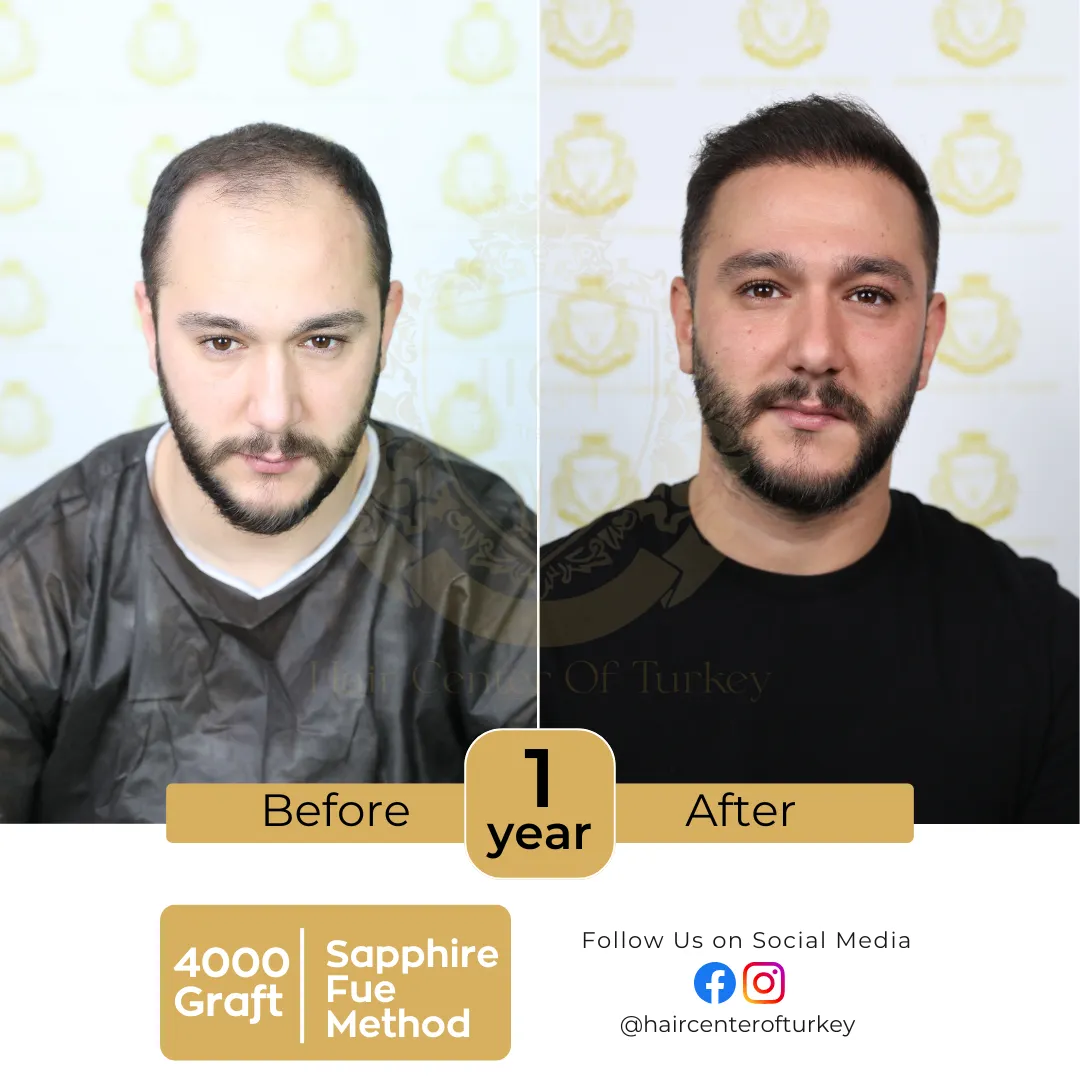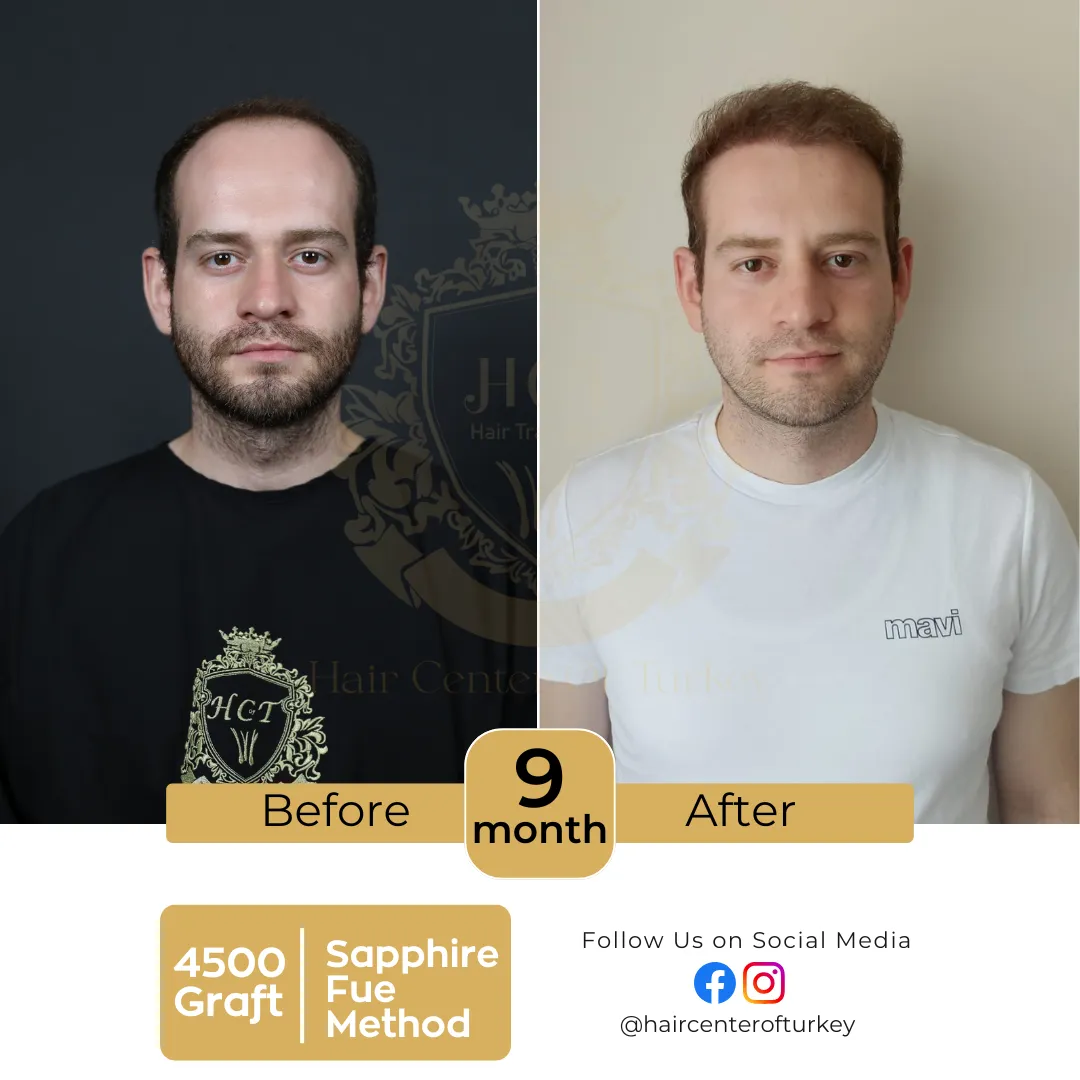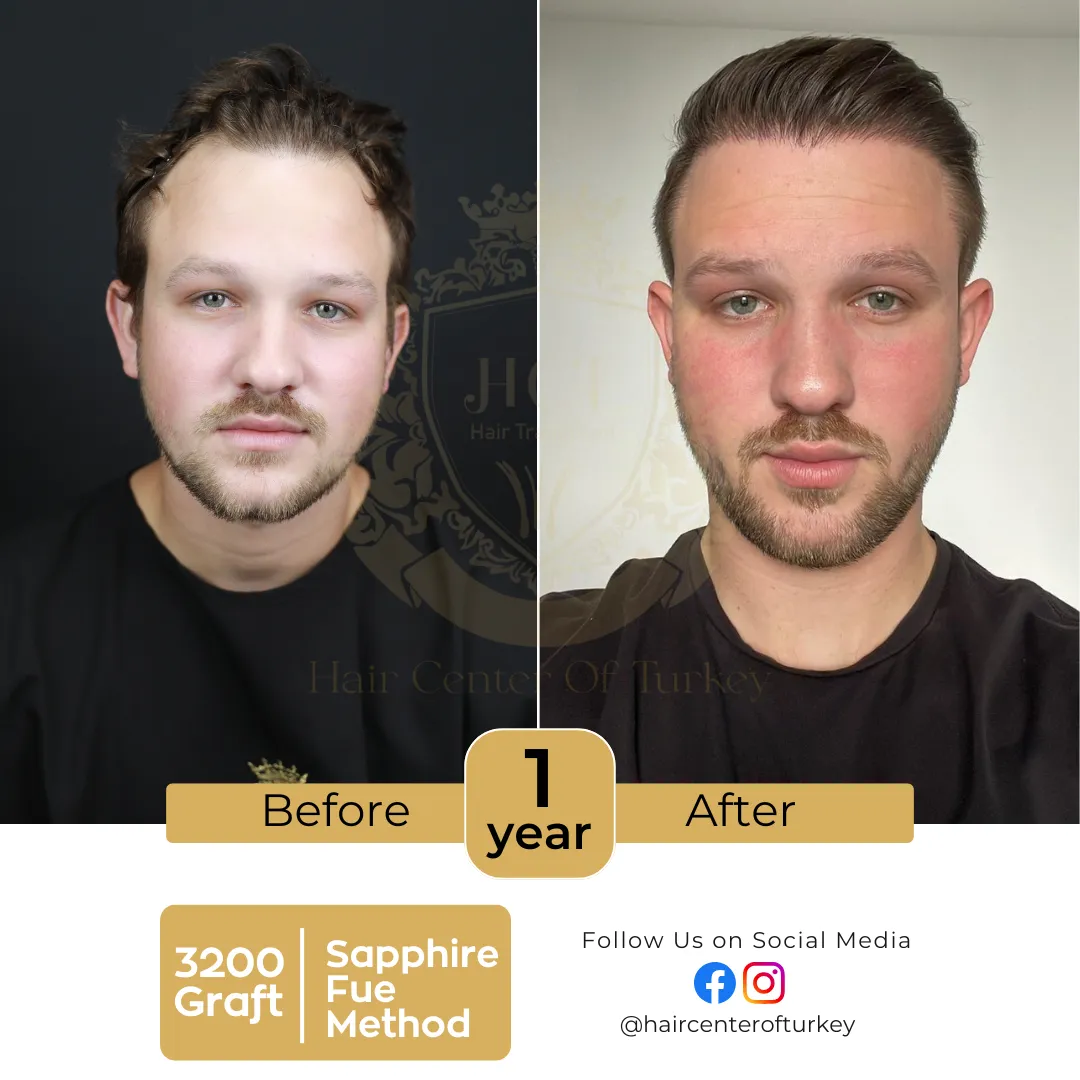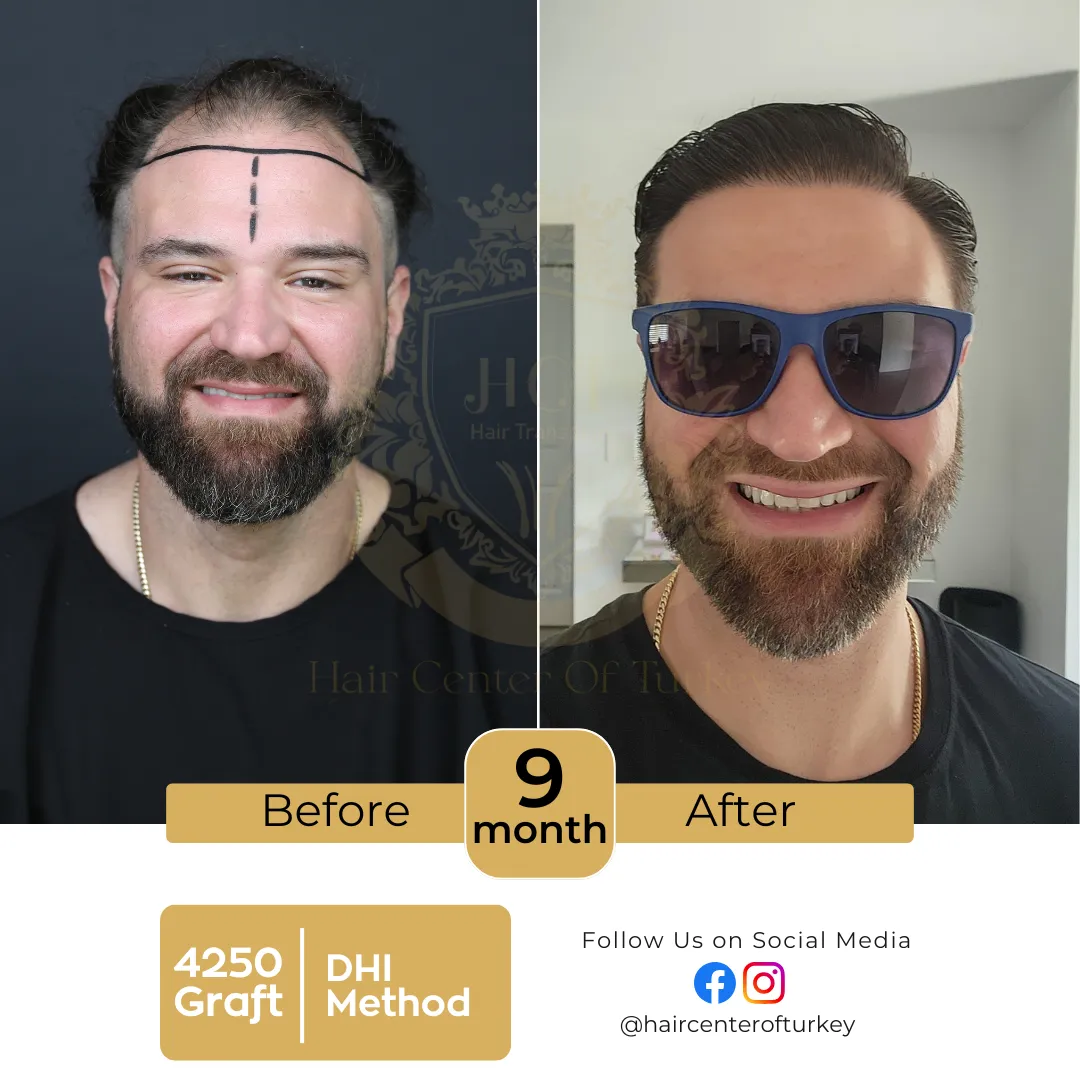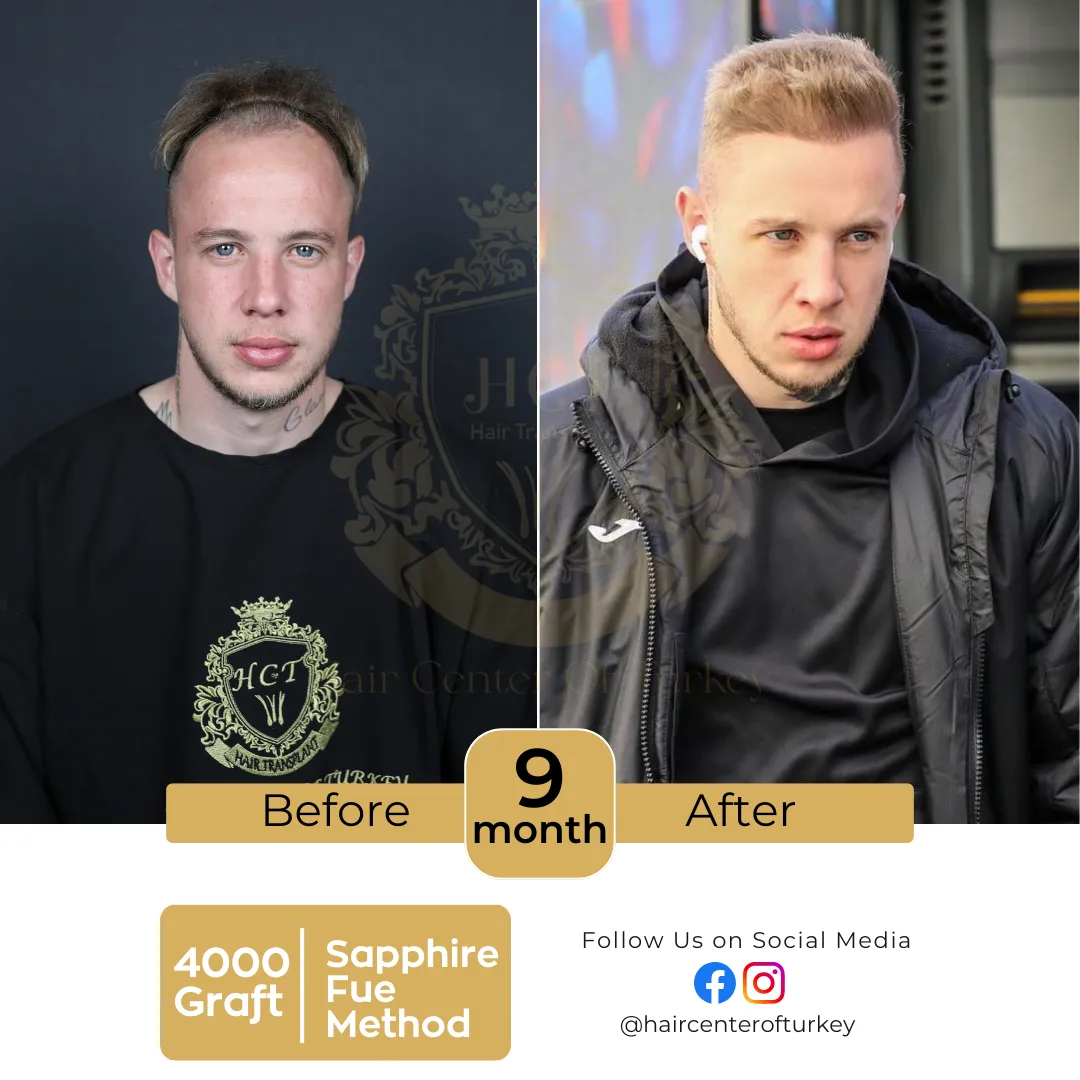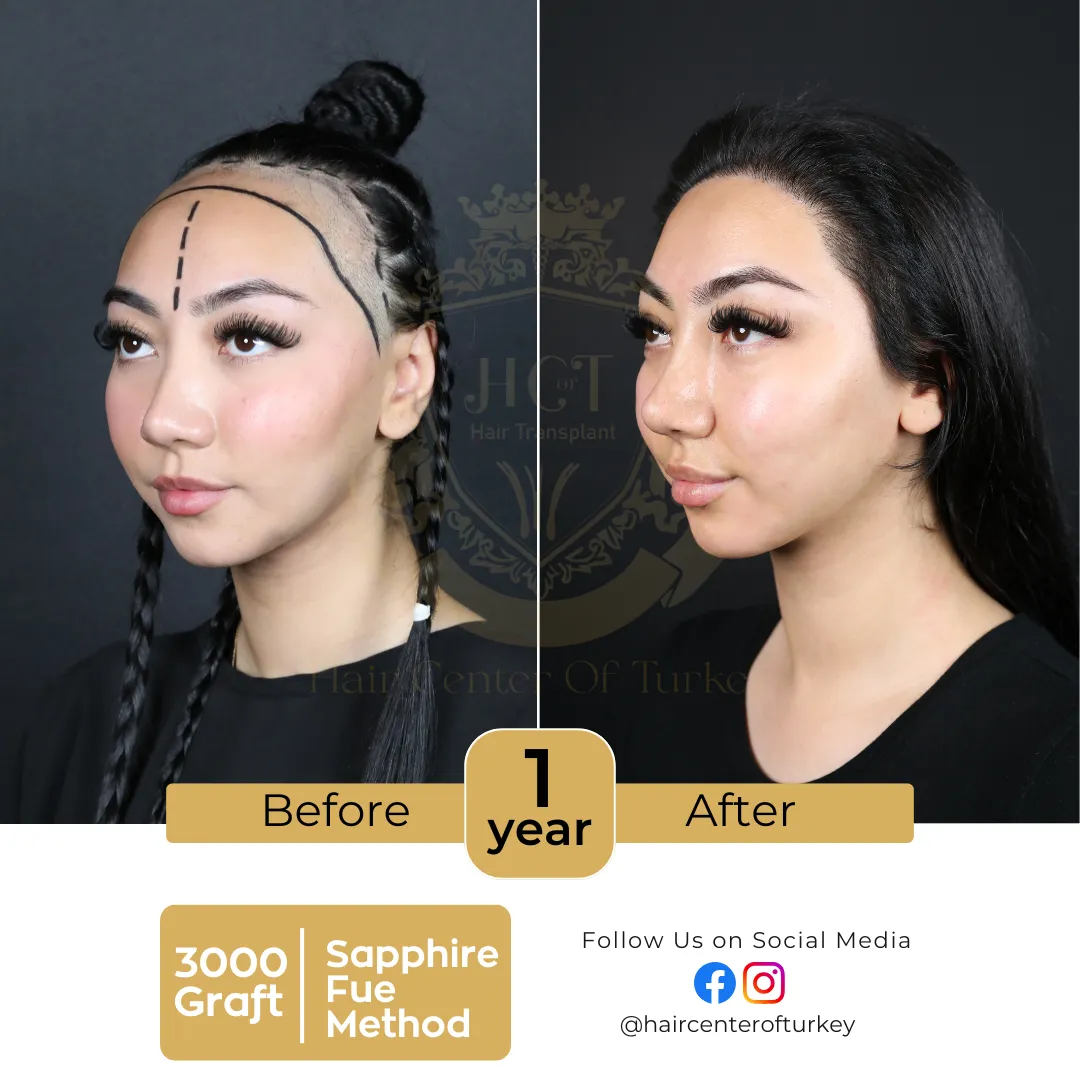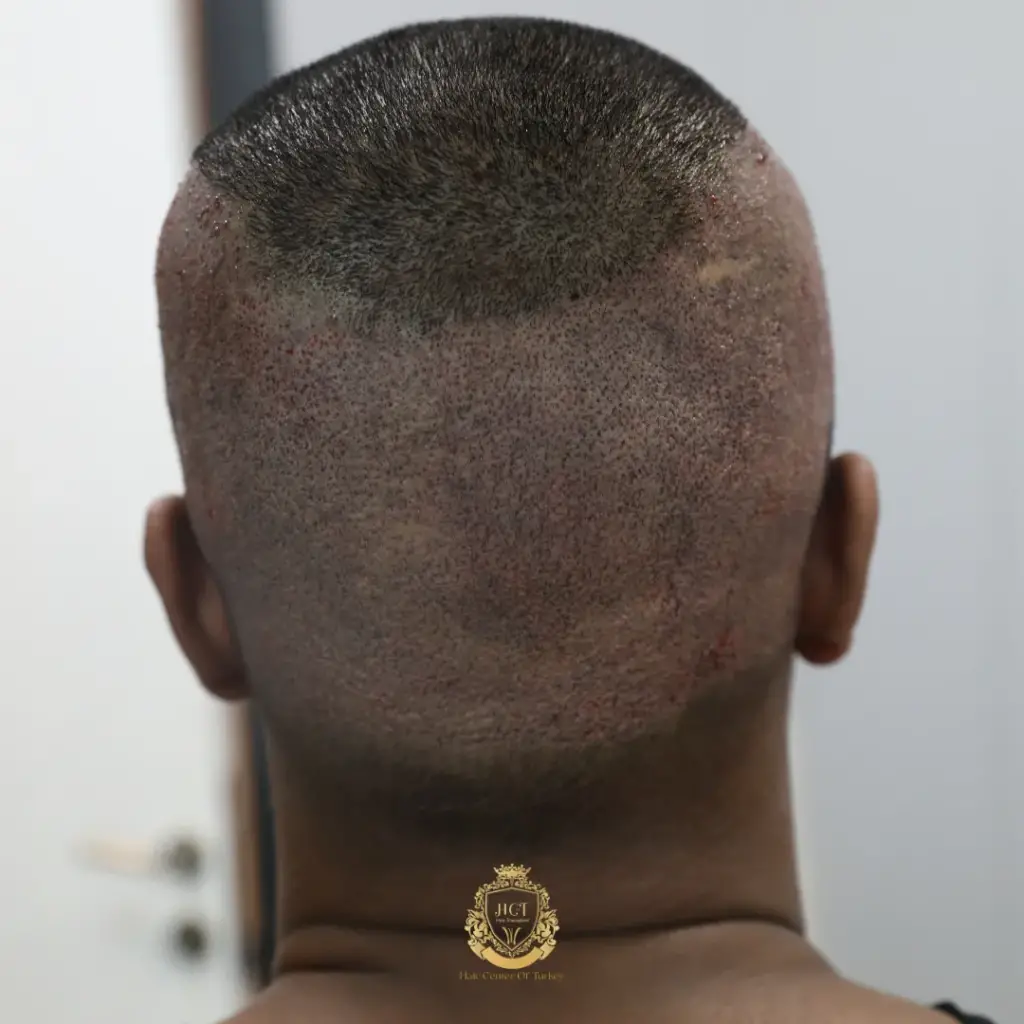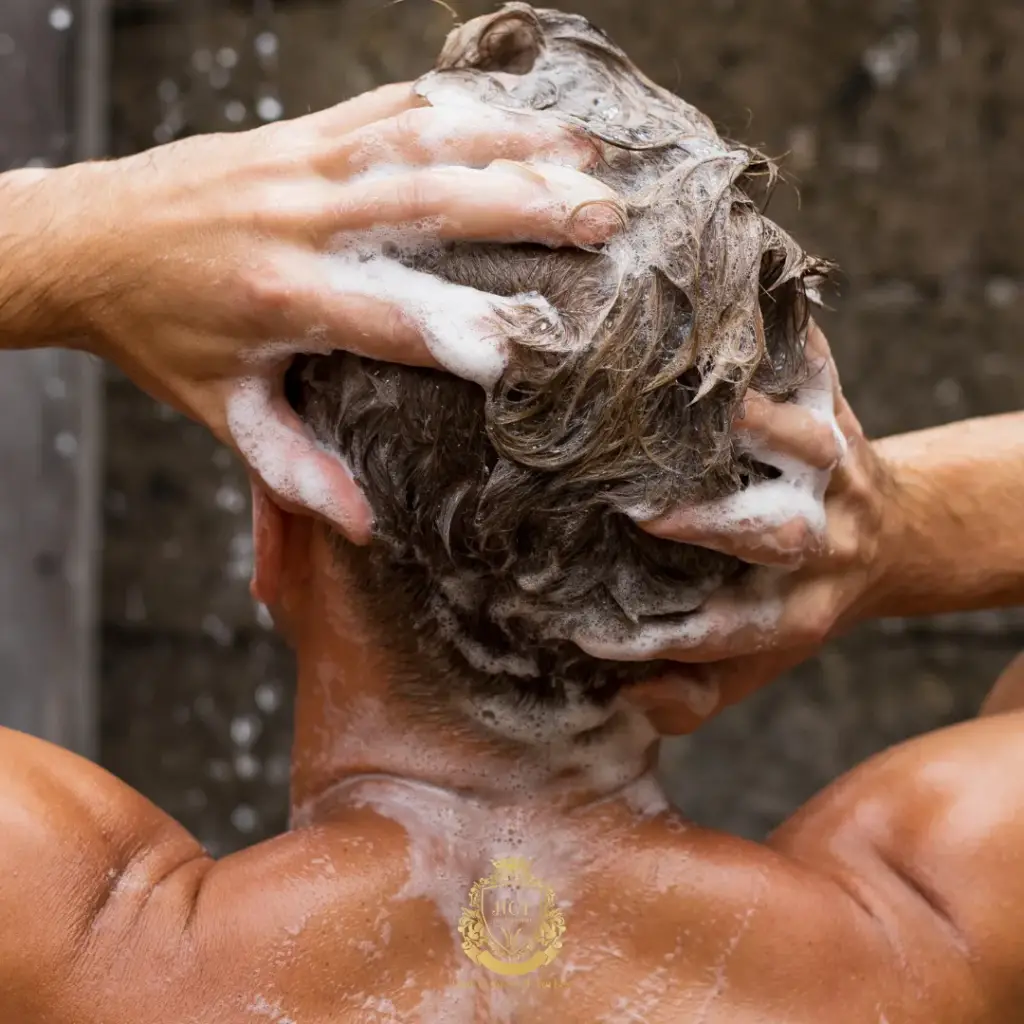Understanding Female Pattern Baldness in 20s
Hair loss is commonly associated with aging, but for some women, it can occur much earlier—sometimes as early as in their 20s. If you’re experiencing hair thinning or shedding at this age, it’s important to understand the possible causes and the available solutions to address the condition.
Female Pattern Baldness in 20s?
Hair loss in women under 30s is often categorized as a medical condition rather than a natural process. Known as female pattern hair loss or androgenetic alopecia, this condition can lead to thinning hair on the scalp, starting from the crown and widening at the part line. Early onset of this issue can be emotionally distressing, but it’s essential to know that there are multiple potential causes behind the problem.
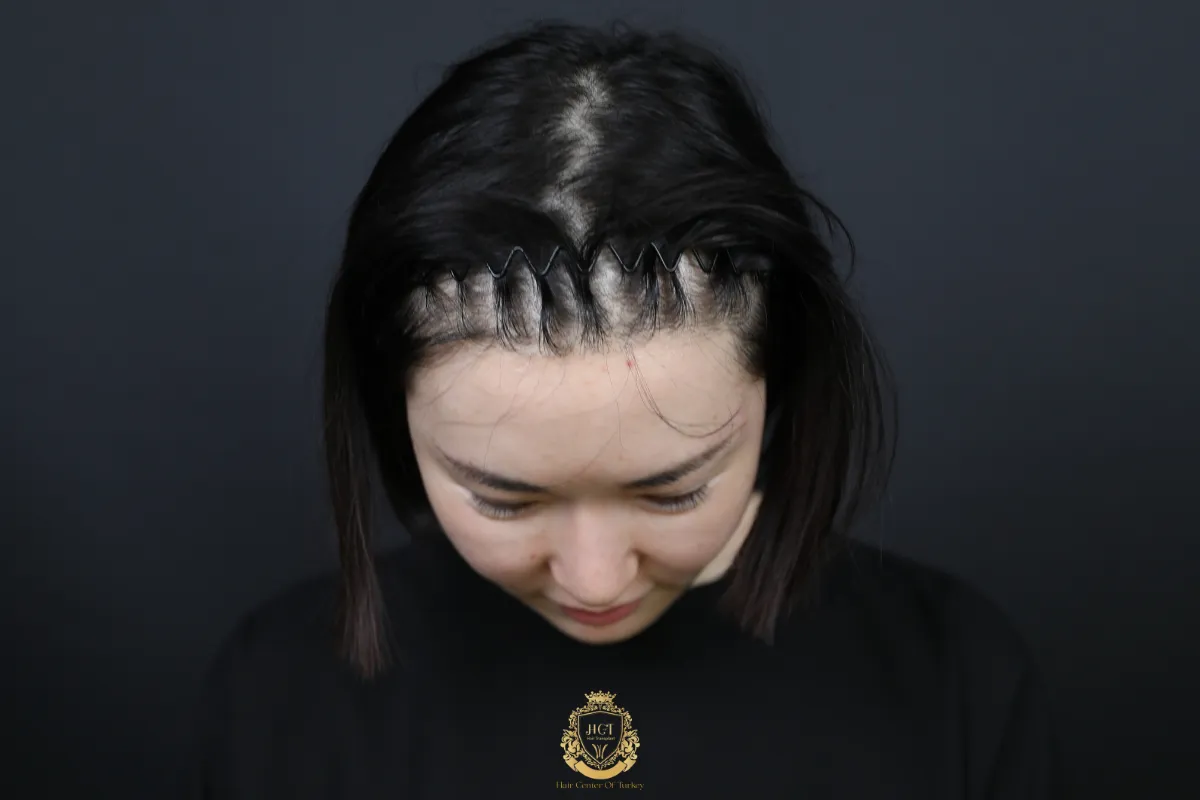
Causes of in Female Pattern Baldness 20s
Genetics and Heredity:
Genetics play a major role in female hair loss. If your family history includes early hair thinning or baldness, you may be more likely to experience similar issues. Female pattern baldness, although less common than in men, can occur in women due to hormonal changes and inherited traits.
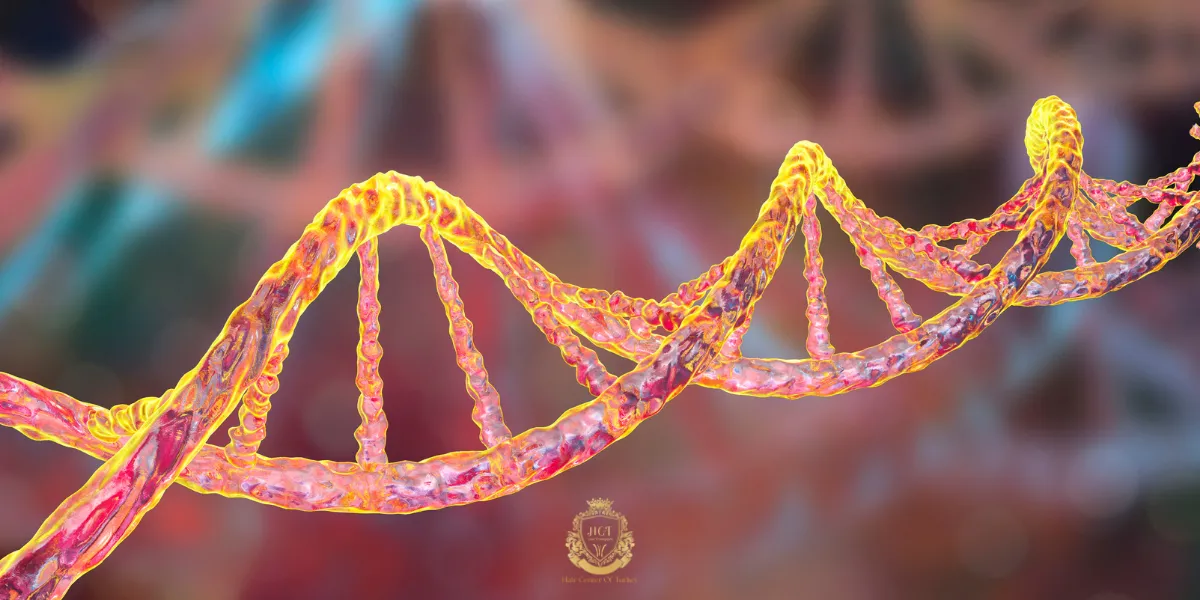
Hormonal Imbalances:
Hormones significantly impact hair health. At 20, women may experience hair loss due to hormonal changes caused by conditions such as polycystic ovary syndrome (PCOS), thyroid imbalances, or pregnancy. These hormonal fluctuations can disrupt the natural hair growth cycle and lead to shedding.
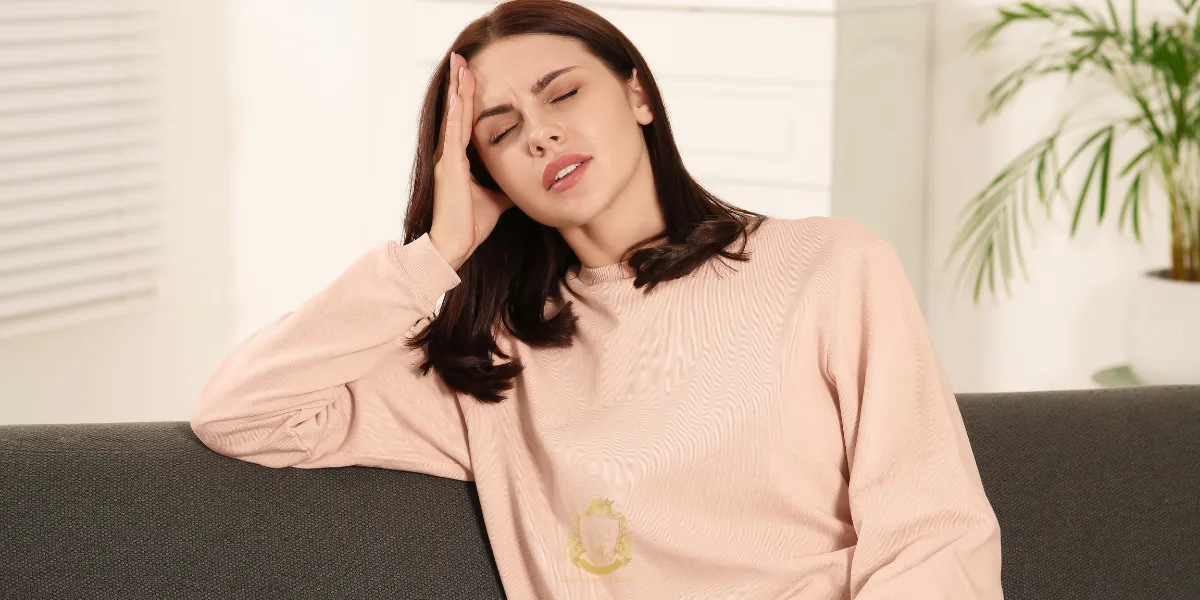
Stress and Anxiety:
Emotional or physical stress can lead to a condition called telogen effluvium, where hair follicles prematurely enter the resting phase. This results in increased hair shedding, which can be temporary, but chronic stress can have long-term effects on hair health.
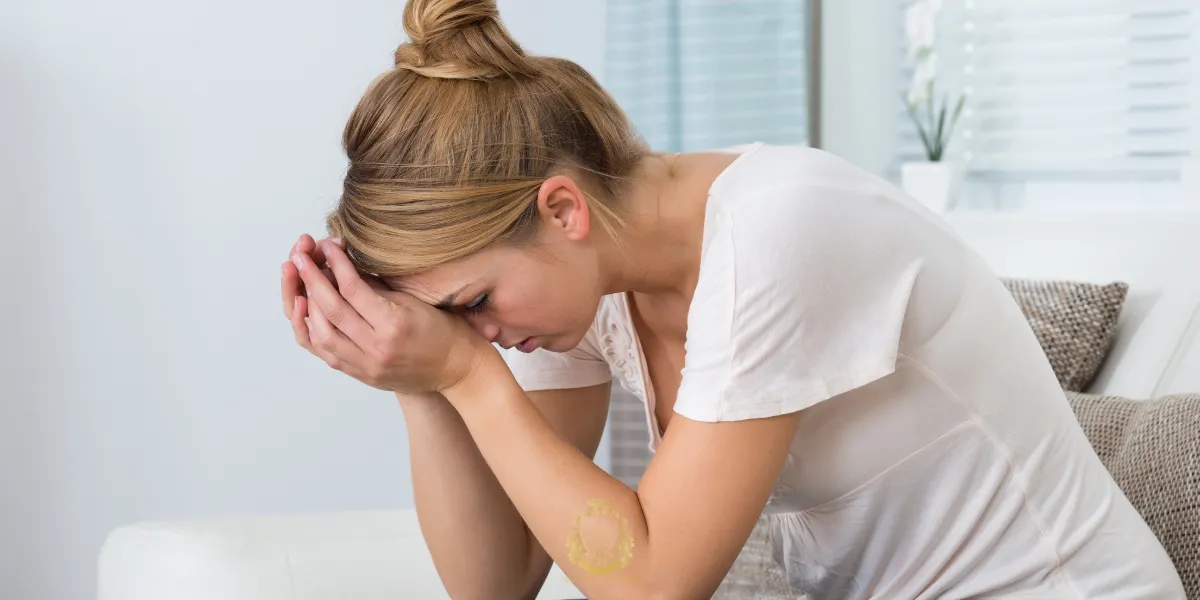
Nutritional Deficiencies:
Poor diet or lack of essential vitamins and minerals can contribute to hair thinning. Iron, vitamin D, biotin, and zinc deficiencies are common causes of hair loss in young women. A balanced, nutrient-rich diet is crucial for healthy hair growth.

Excessive Hair Styling:
Frequent use of heated styling tools, tight hairstyles like ponytails or braids, and the overuse of chemical treatments can damage hair and contribute to breakage. Over time, this may lead to thinning hair and even permanent damage to the hair follicles.
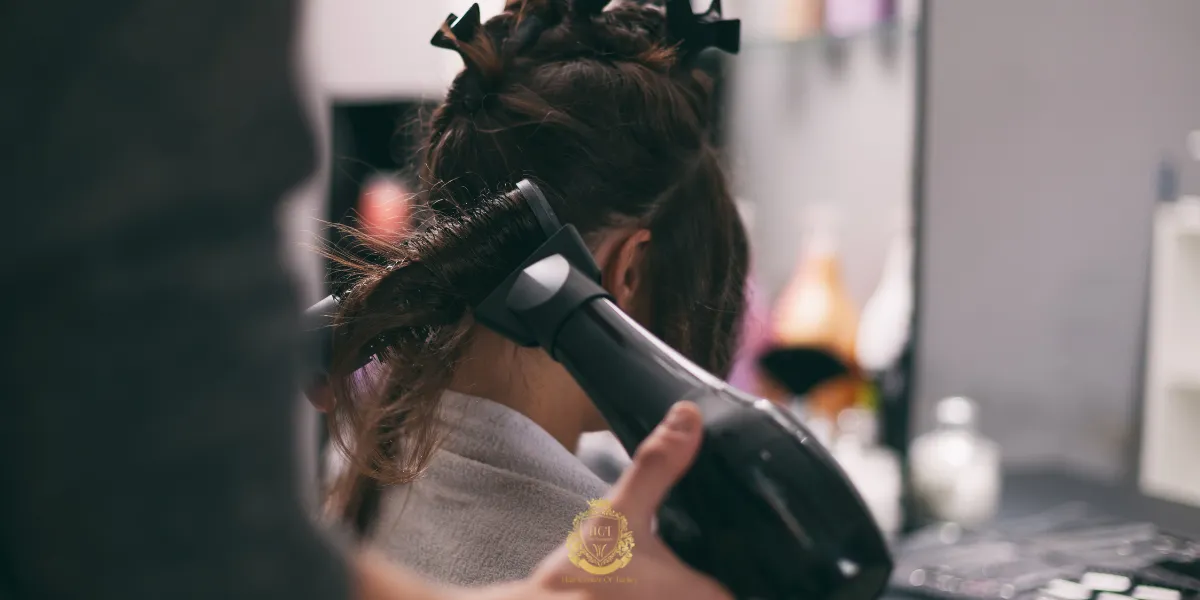
Underlying Medical Conditions:
Certain medical conditions, such as autoimmune diseases and chronic illnesses, can affect hair growth. Conditions like alopecia areata, lupus, or scalp infections may lead to sudden and severe hair loss, requiring medical attention.
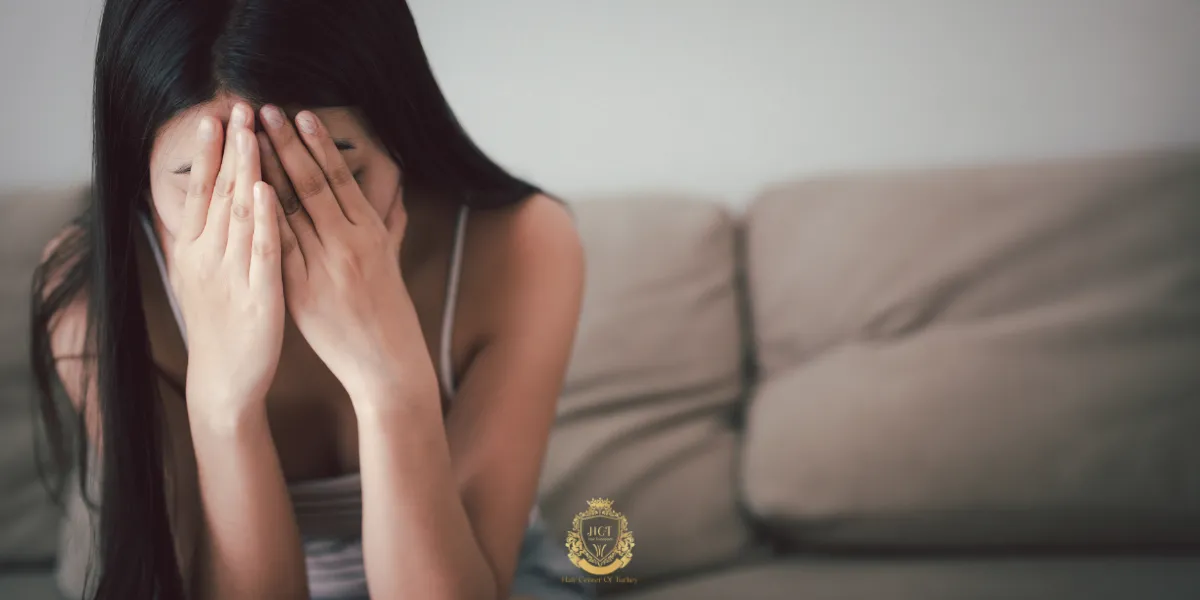
How Can Women Cope with Hair Loss in Their 20s?
Consult a Dermatologist:
If you’re noticing significant hair thinning, it’s essential to consult a dermatologist who specializes in hair restoration. They can help diagnose the underlying cause of your hair loss and recommend appropriate treatments.

Minoxidil Treatment:
Minoxidil, a topical treatment, is FDA-approved for treating hair loss and is often recommended for women experiencing thinning hair. This medication helps promote hair growth and may prevent further shedding when applied regularly.
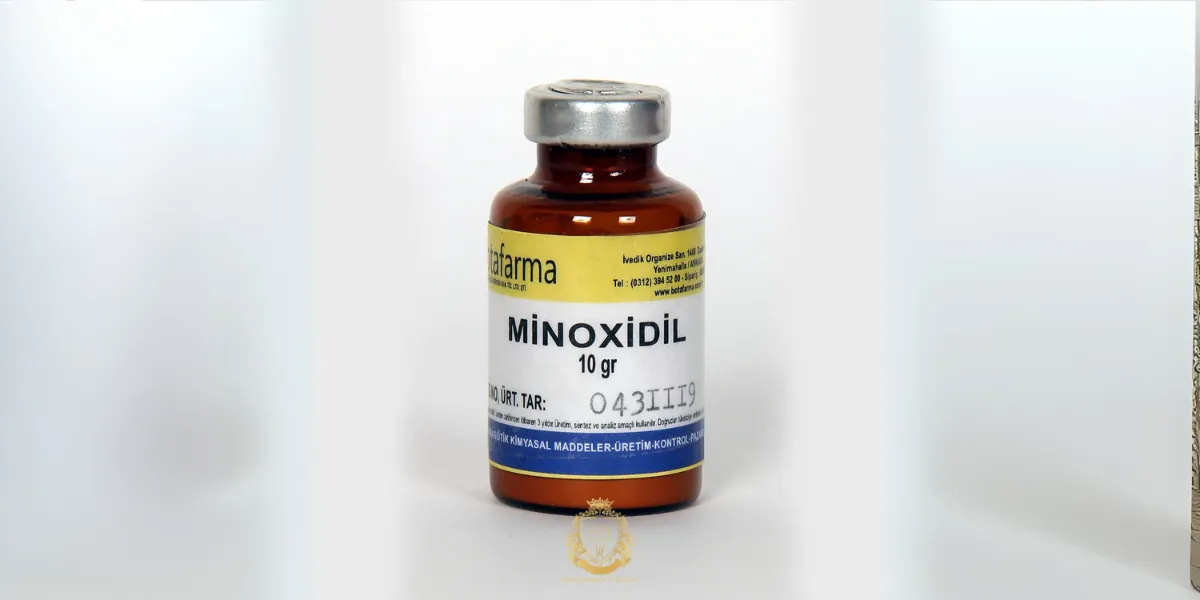
Nutritional Supplements:
A diet rich in vitamins and minerals is vital for healthy hair. Taking supplements that support hair health, such as biotin, zinc, and iron, can strengthen hair and prevent further damage.

Avoid Harsh Hair Treatments:
Reducing the use of hair styling tools, chemical treatments, and tight hairstyles can minimize breakage and protect your hair follicles. Focus on gentle, nourishing products that promote scalp health.
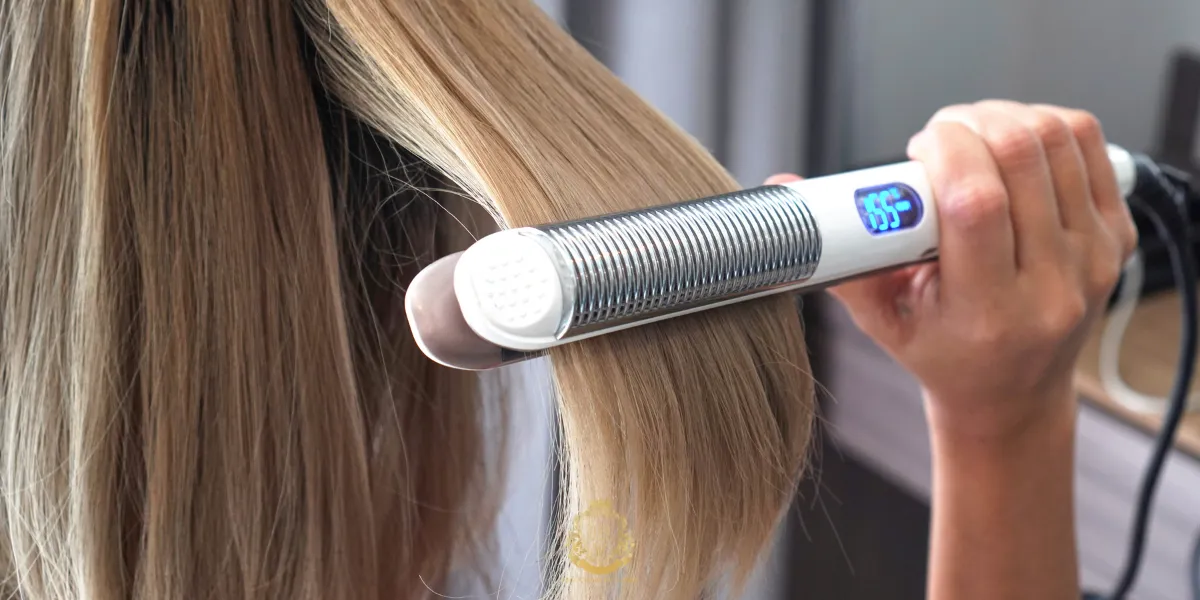
Stress Management:
Since stress can significantly impact hair health, practicing stress management techniques like yoga, meditation, or deep breathing exercises can help reduce hair shedding caused by stress.
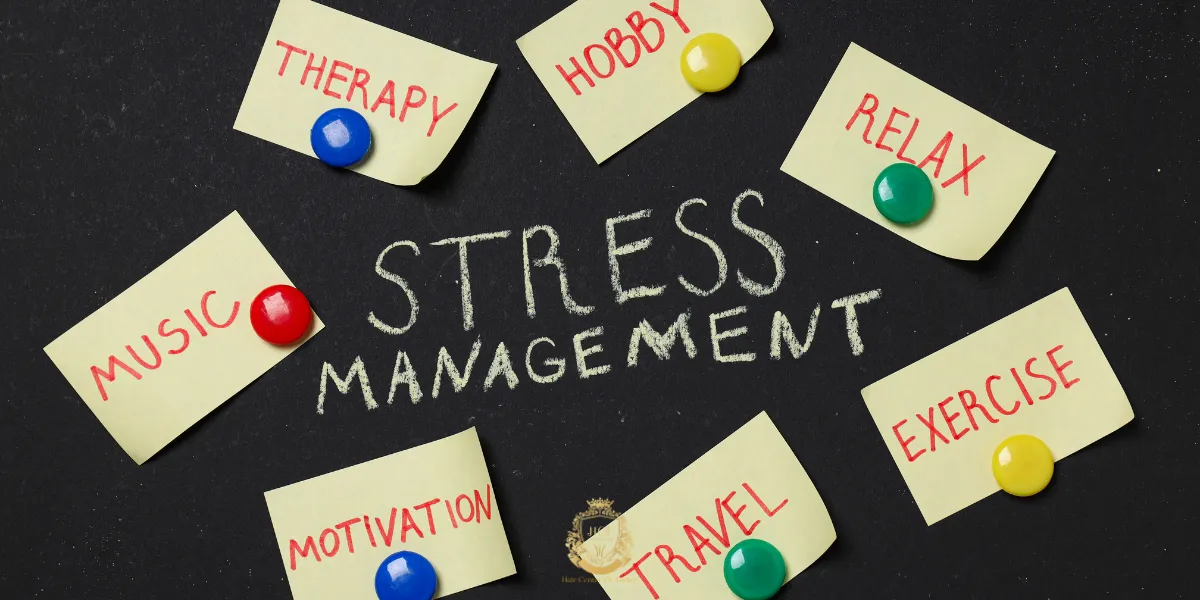
Consider Hair Transplants:
In severe cases of hair loss, hair transplant surgery might be considered. This procedure involves moving hair follicles from one area of the scalp to another, helping restore a fuller head of hair.
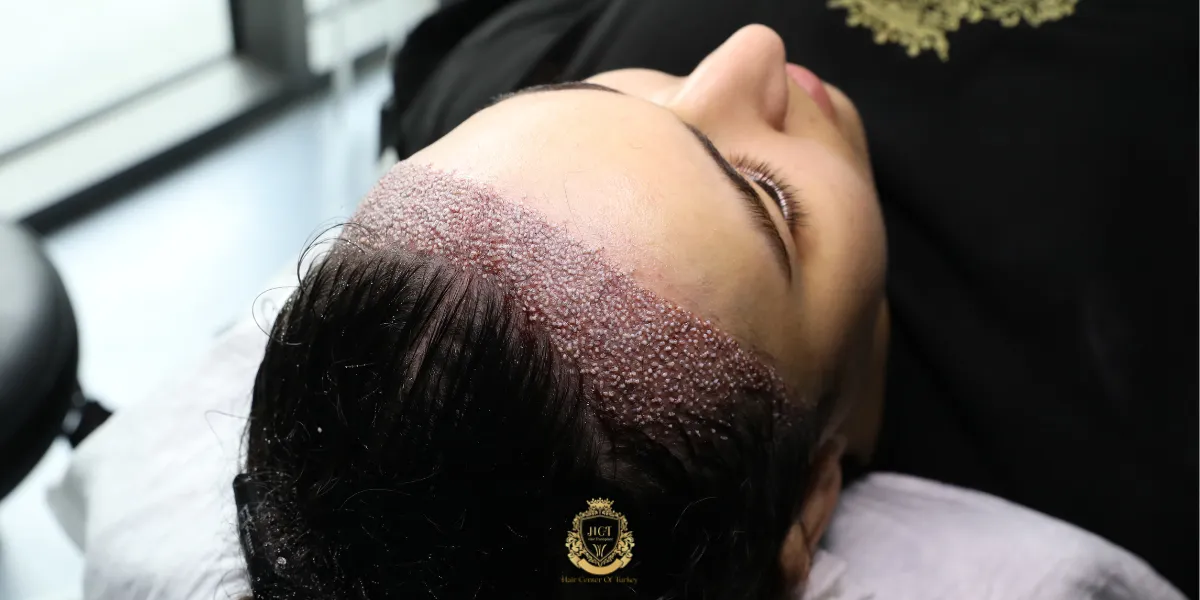
Is It Possible to Prevent Hair Loss at 20s?
While some factors like genetics and hormonal imbalances are beyond control, there are steps you can take to minimize the risk of premature hair loss. Maintaining a balanced diet, managing stress, and using gentle hair care products can significantly reduce hair thinning. Early intervention and treatment options like minoxidil can also help prevent the progression of hair loss.
When Should You Seek Medical Advice?
If you’re experiencing rapid hair loss, bald spots, or patches of thinning hair that aren’t explained by your lifestyle, it’s essential to see a doctor. They can determine whether your hair loss is due to an underlying medical condition or a result of lifestyle factors.
F.A.Q. (Frequently Asked Questions)


